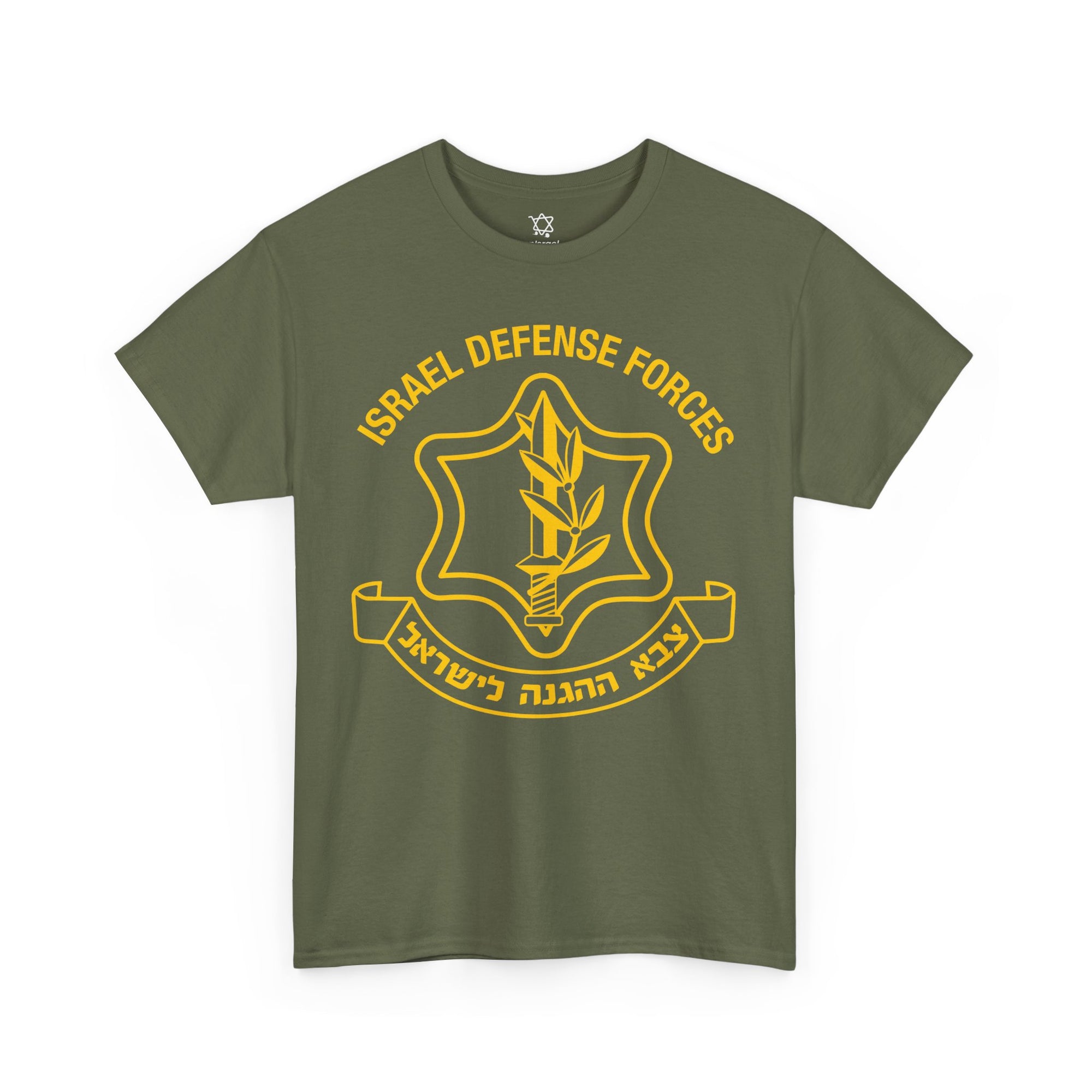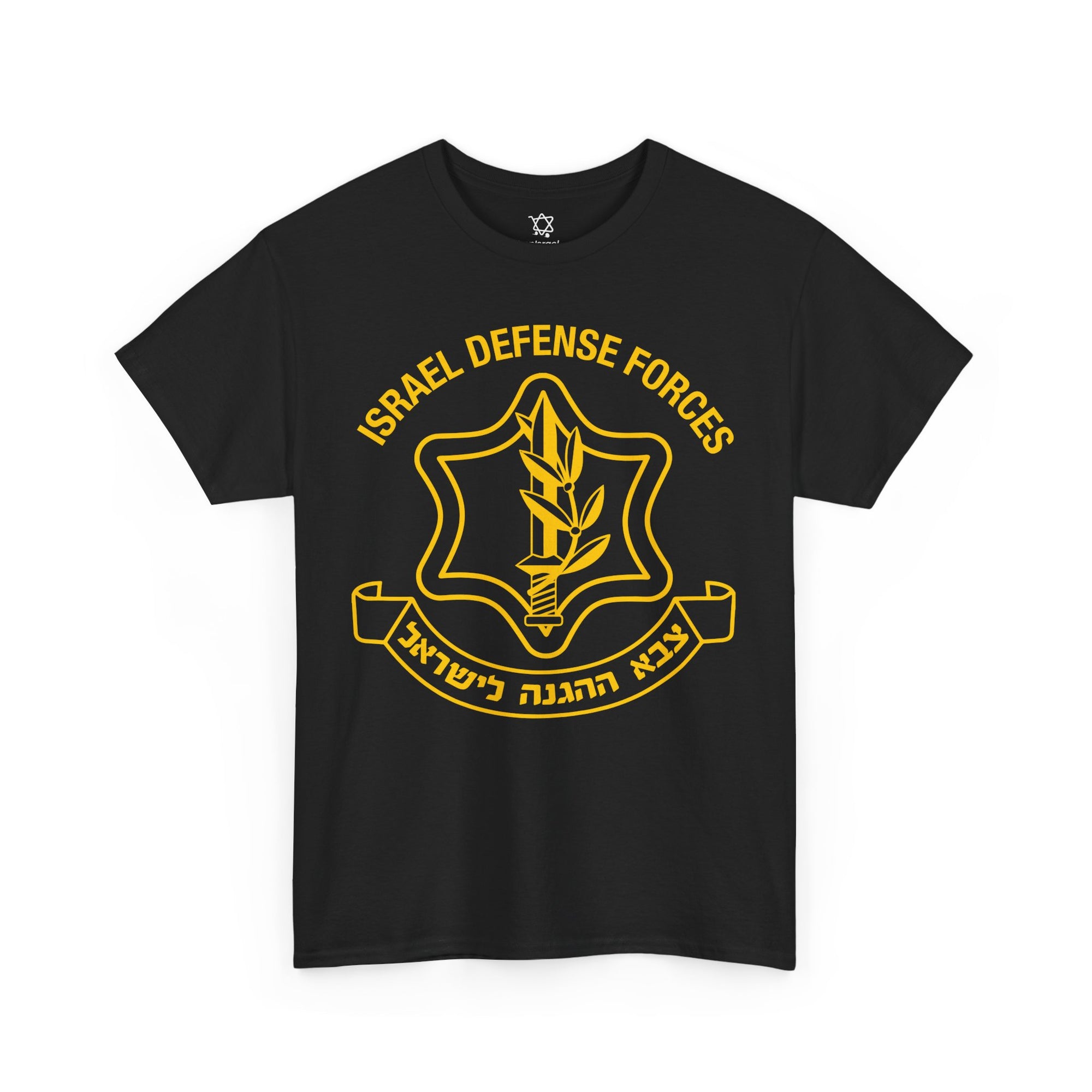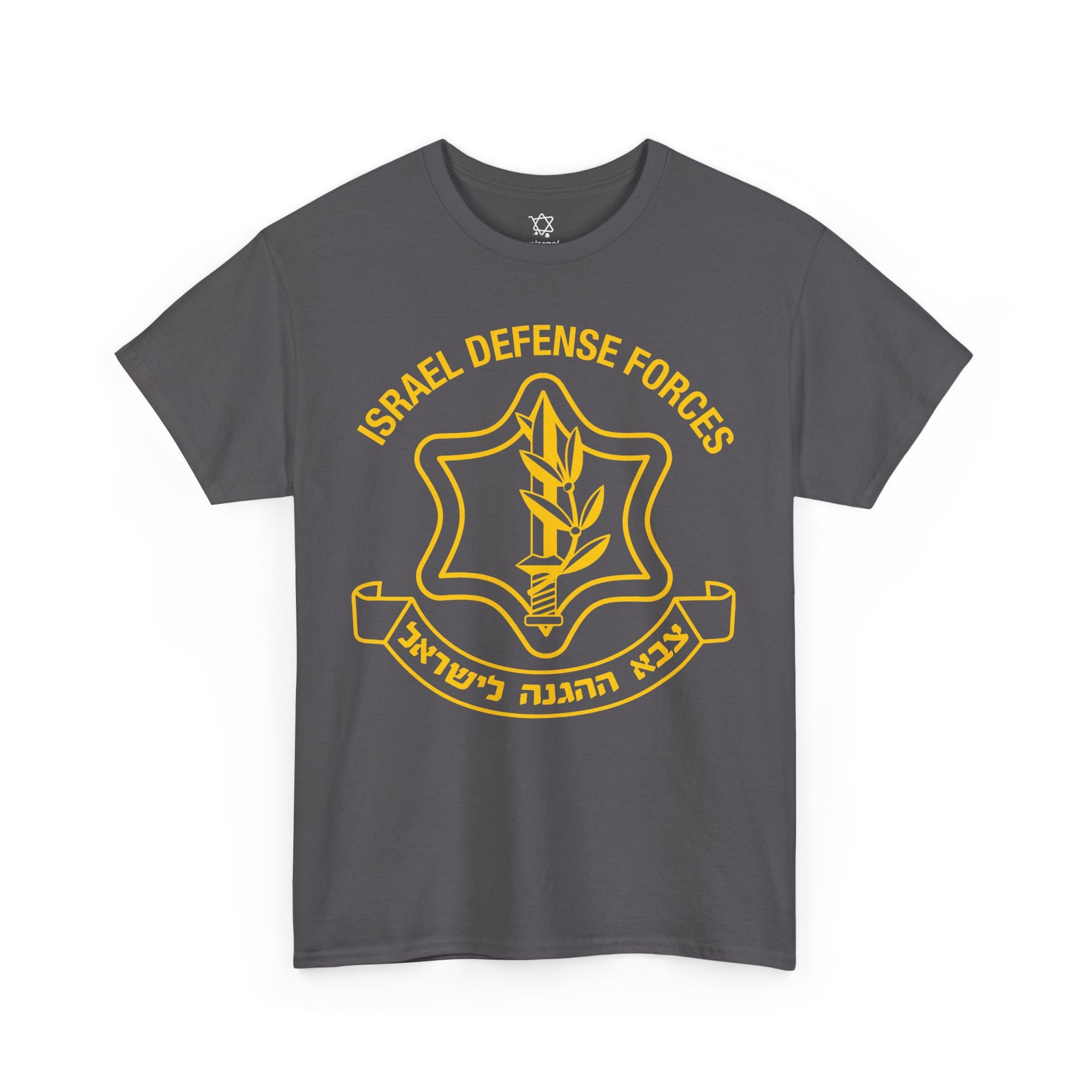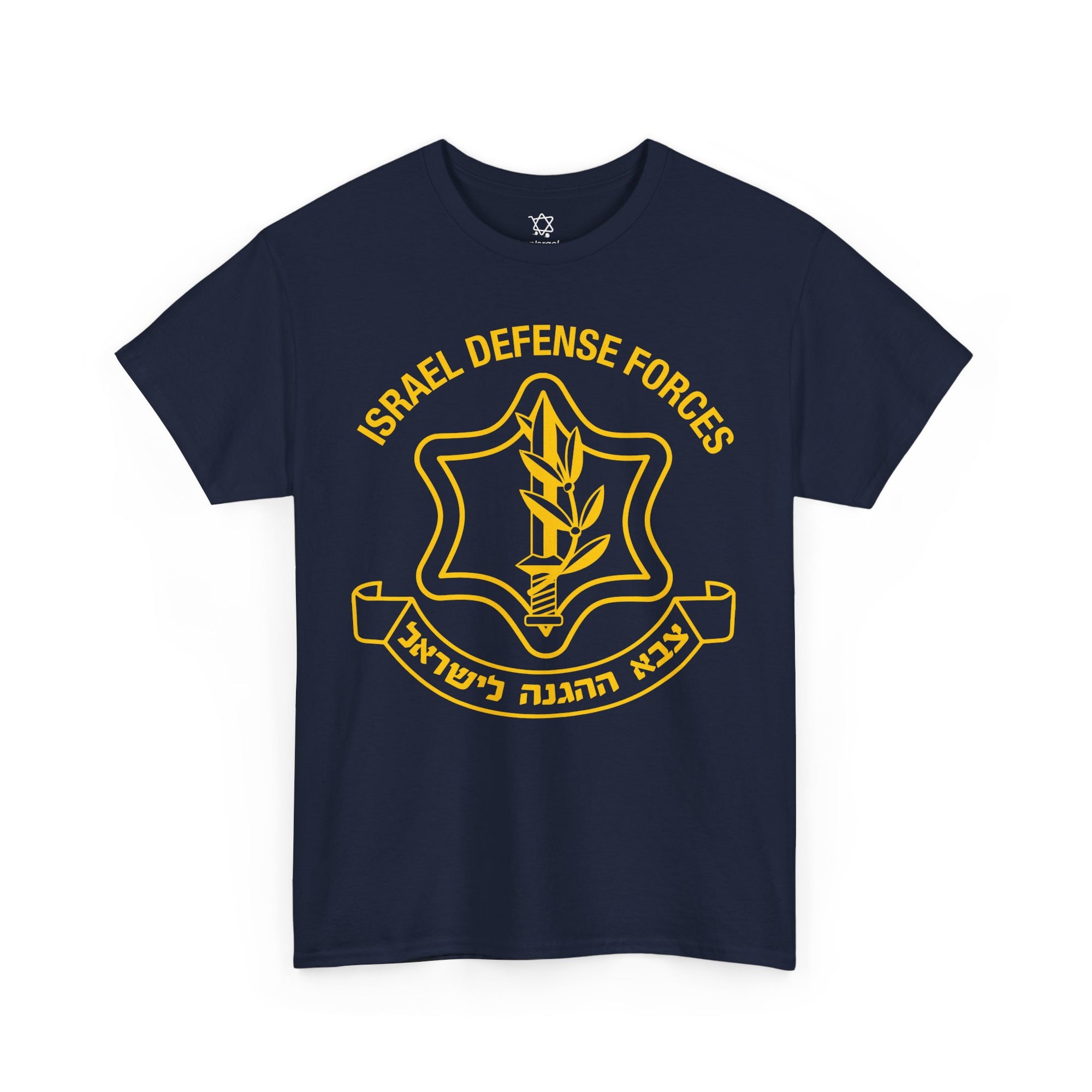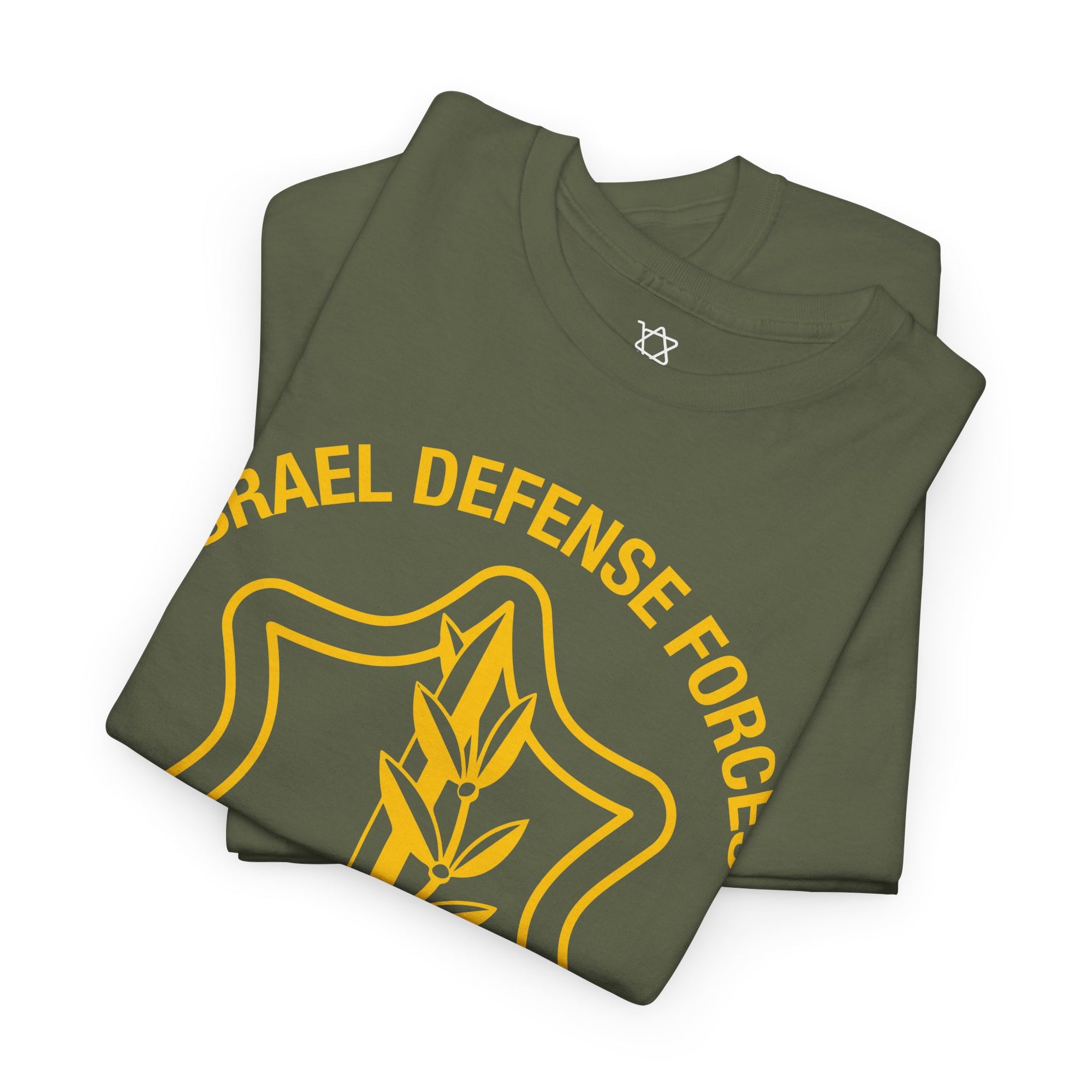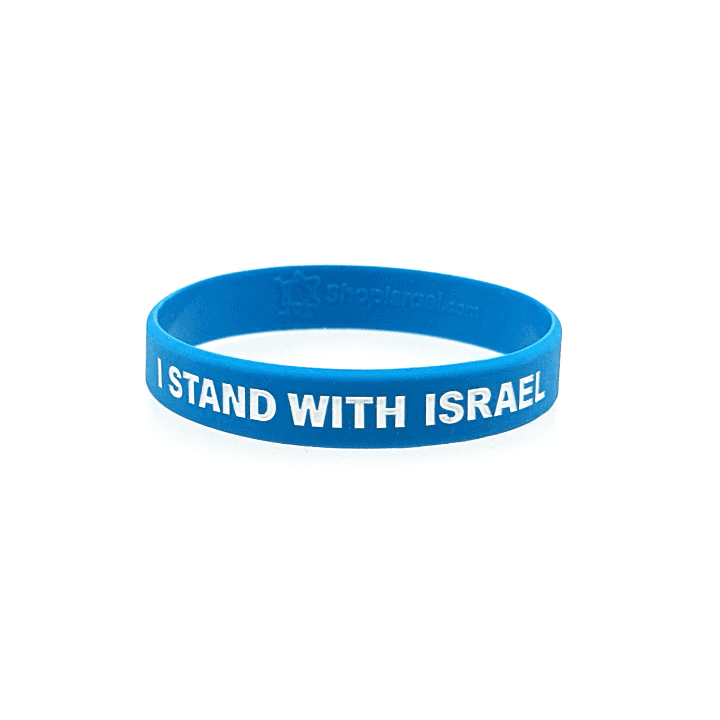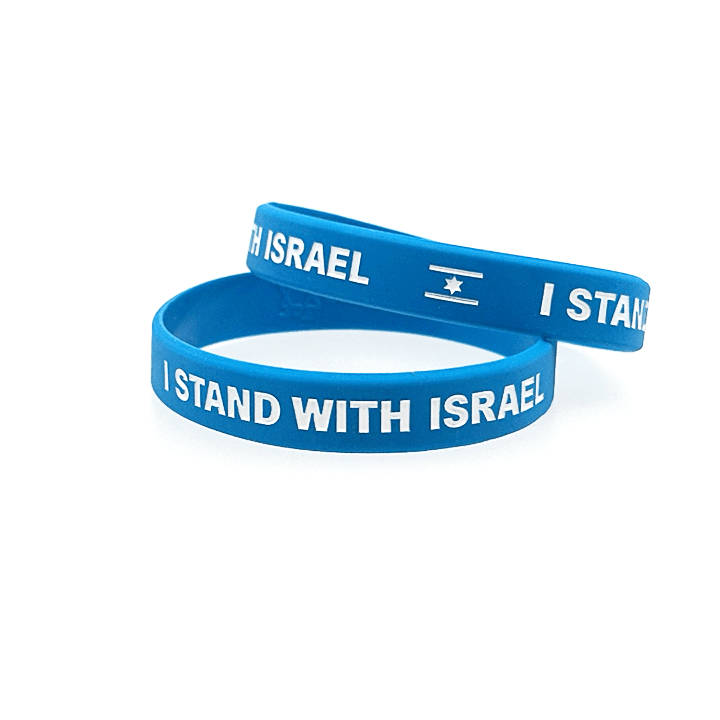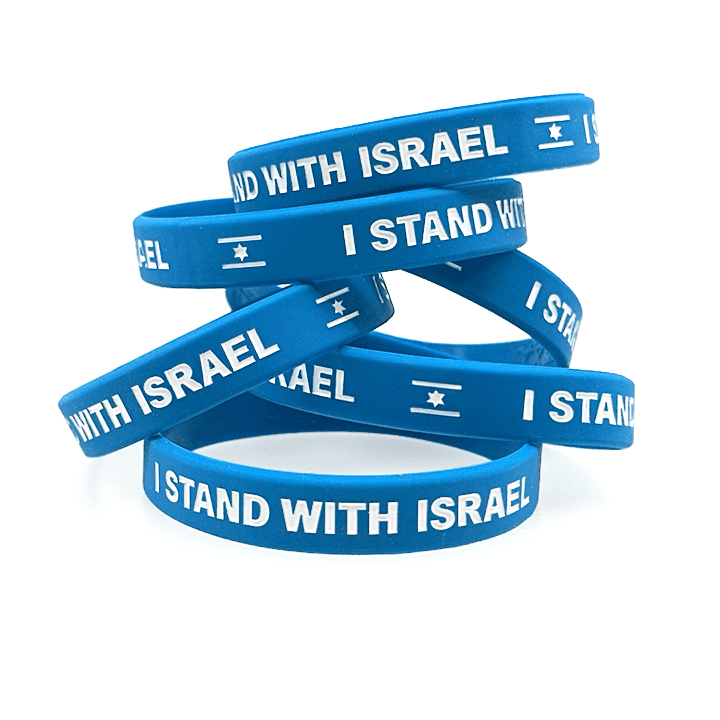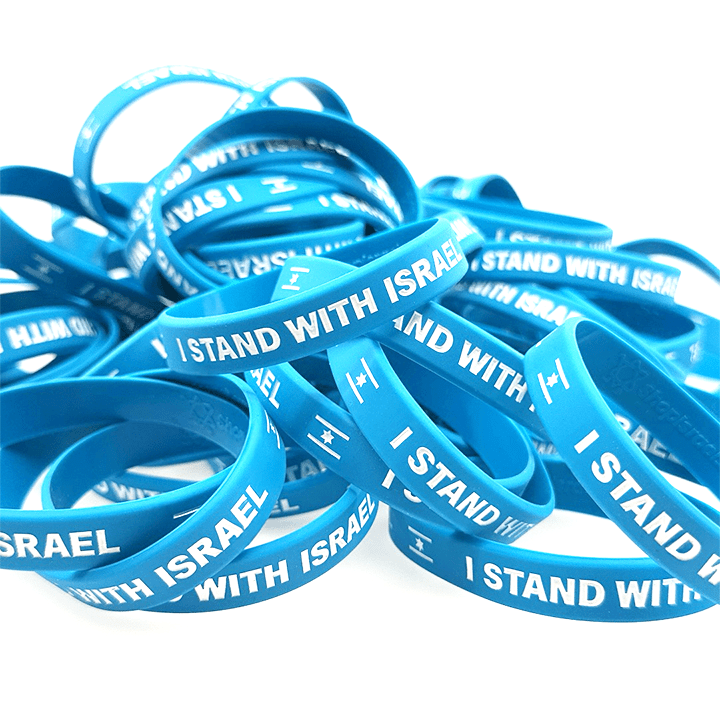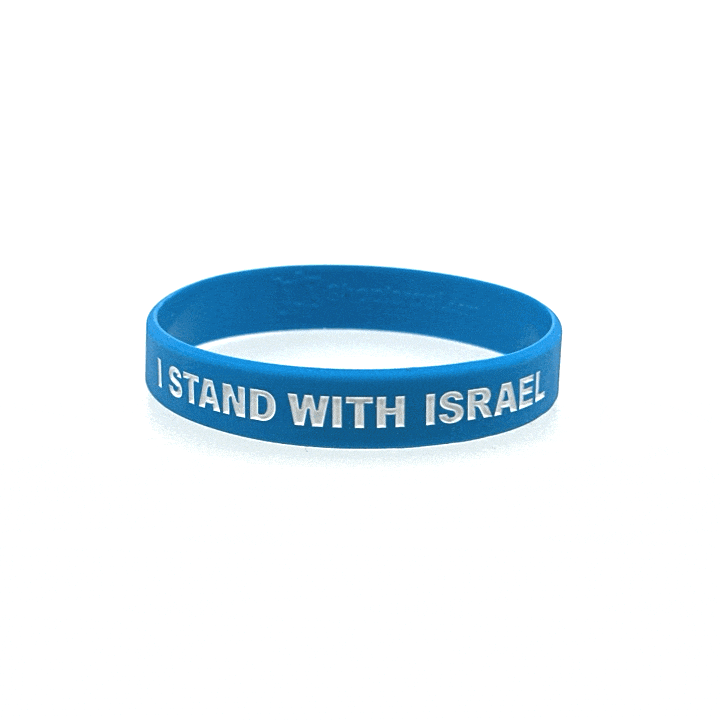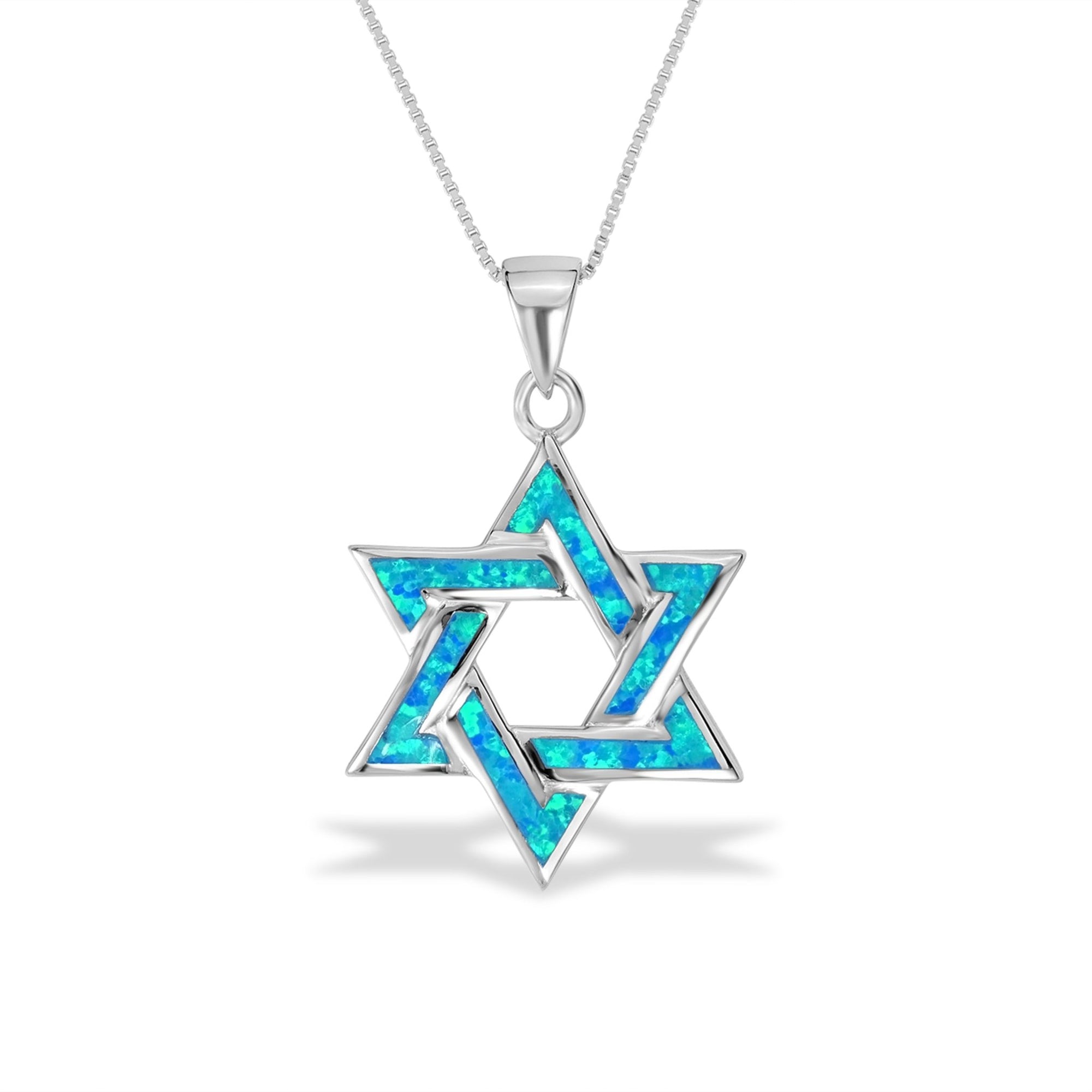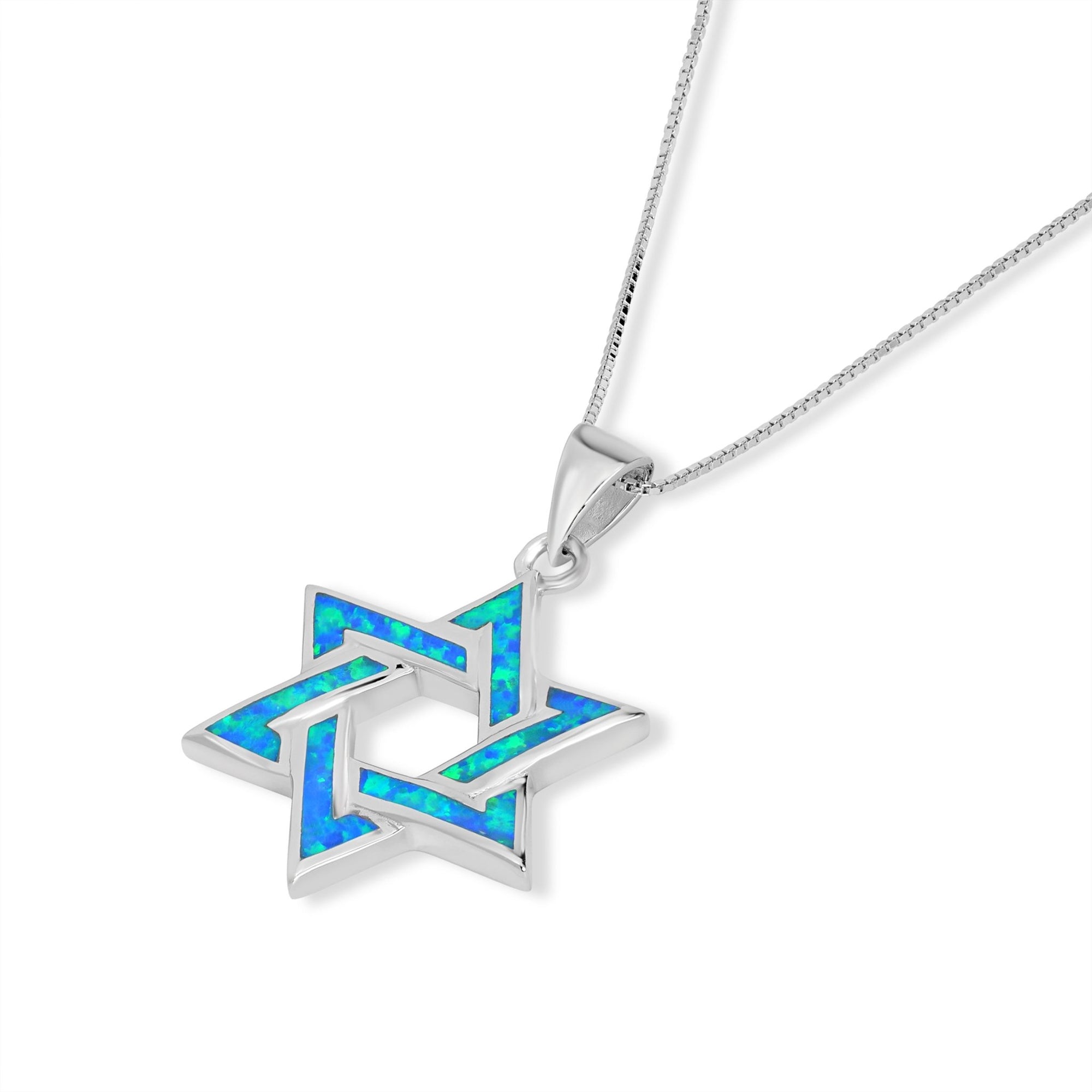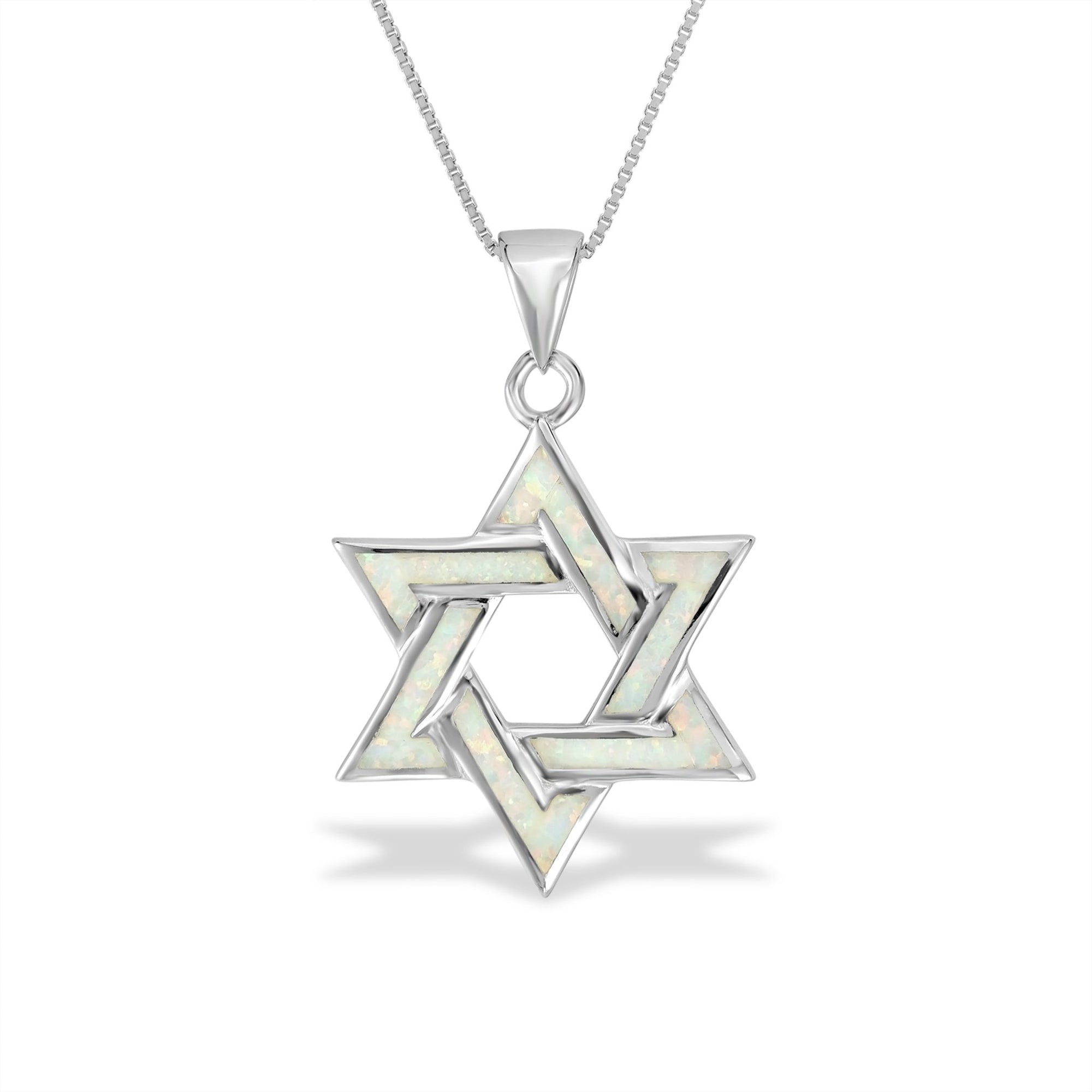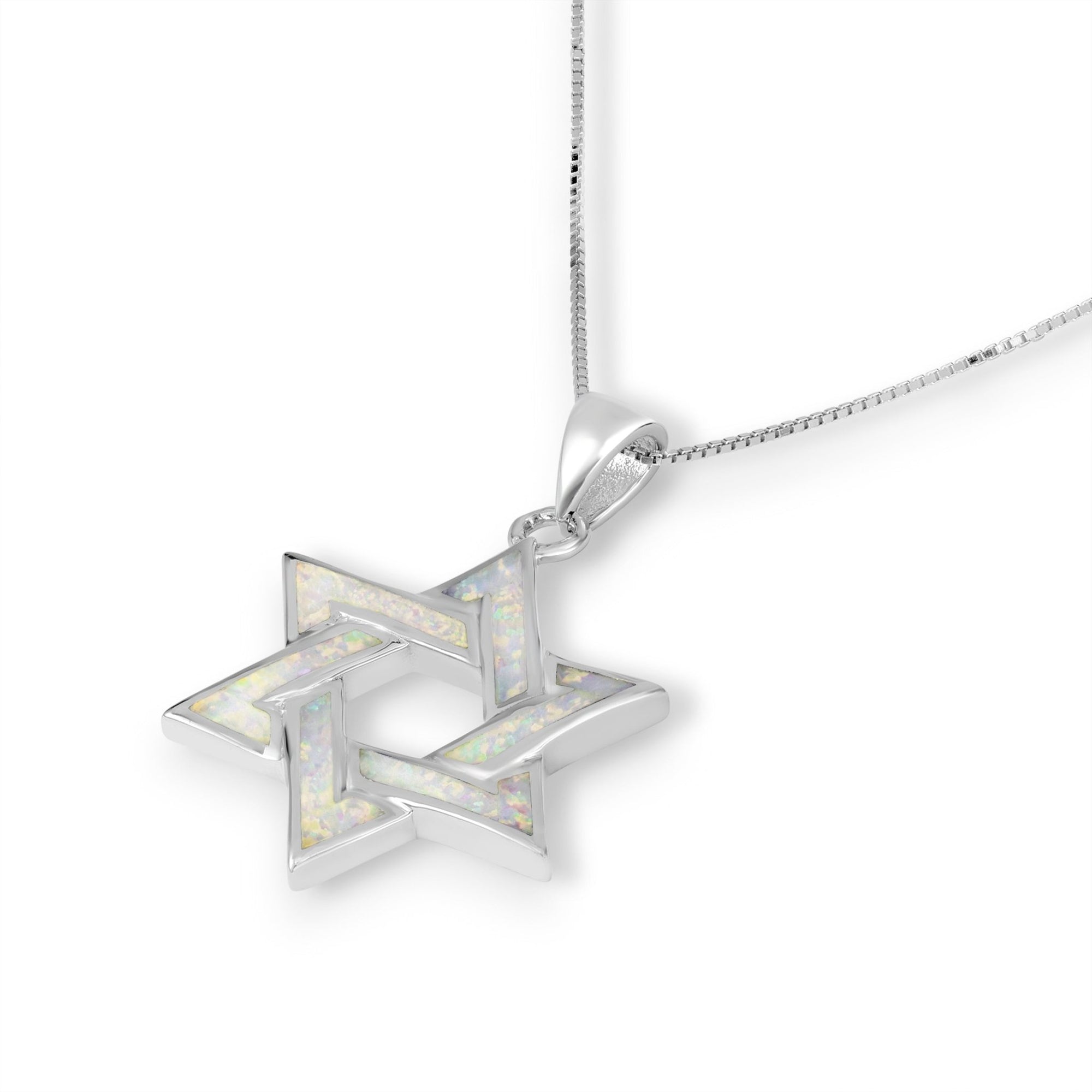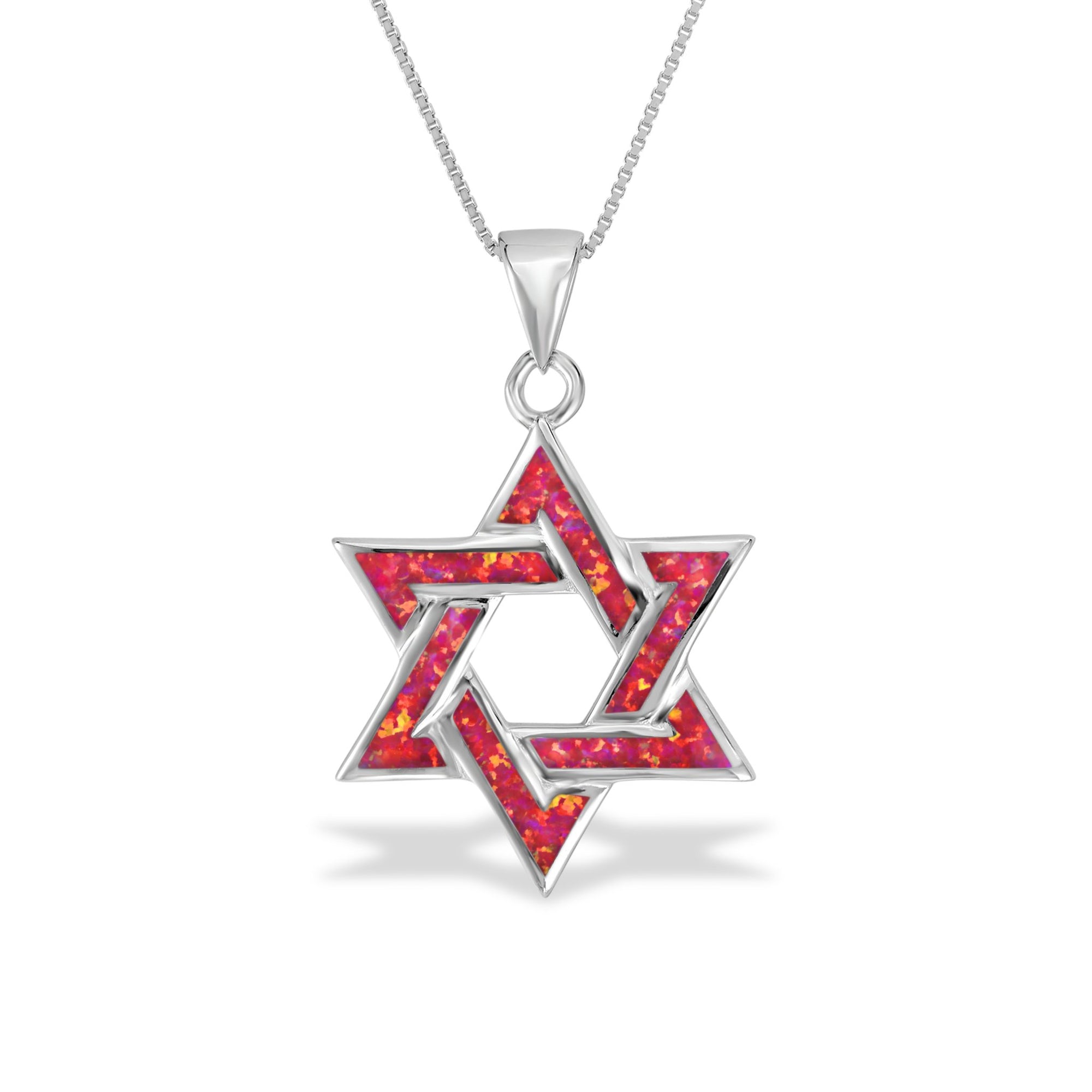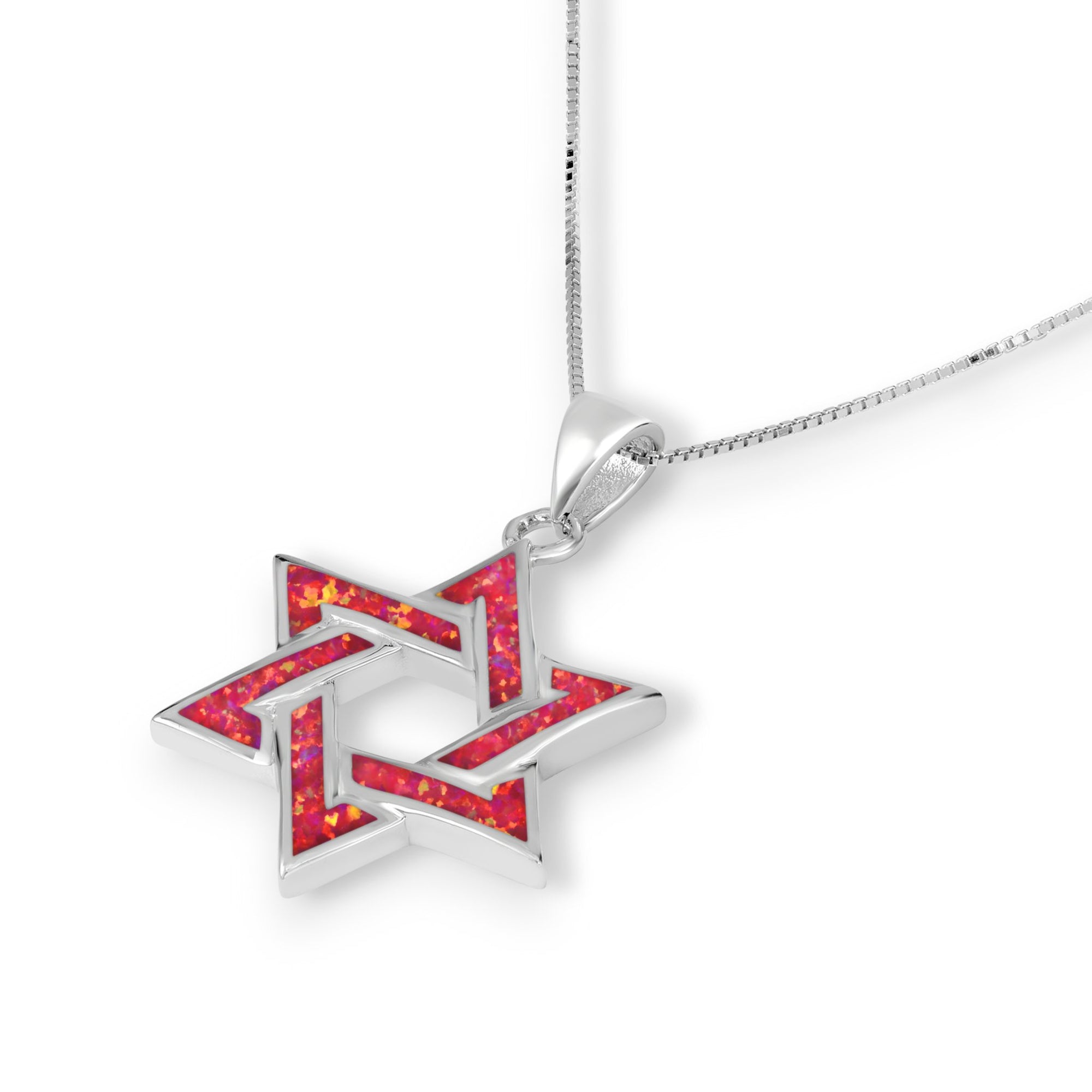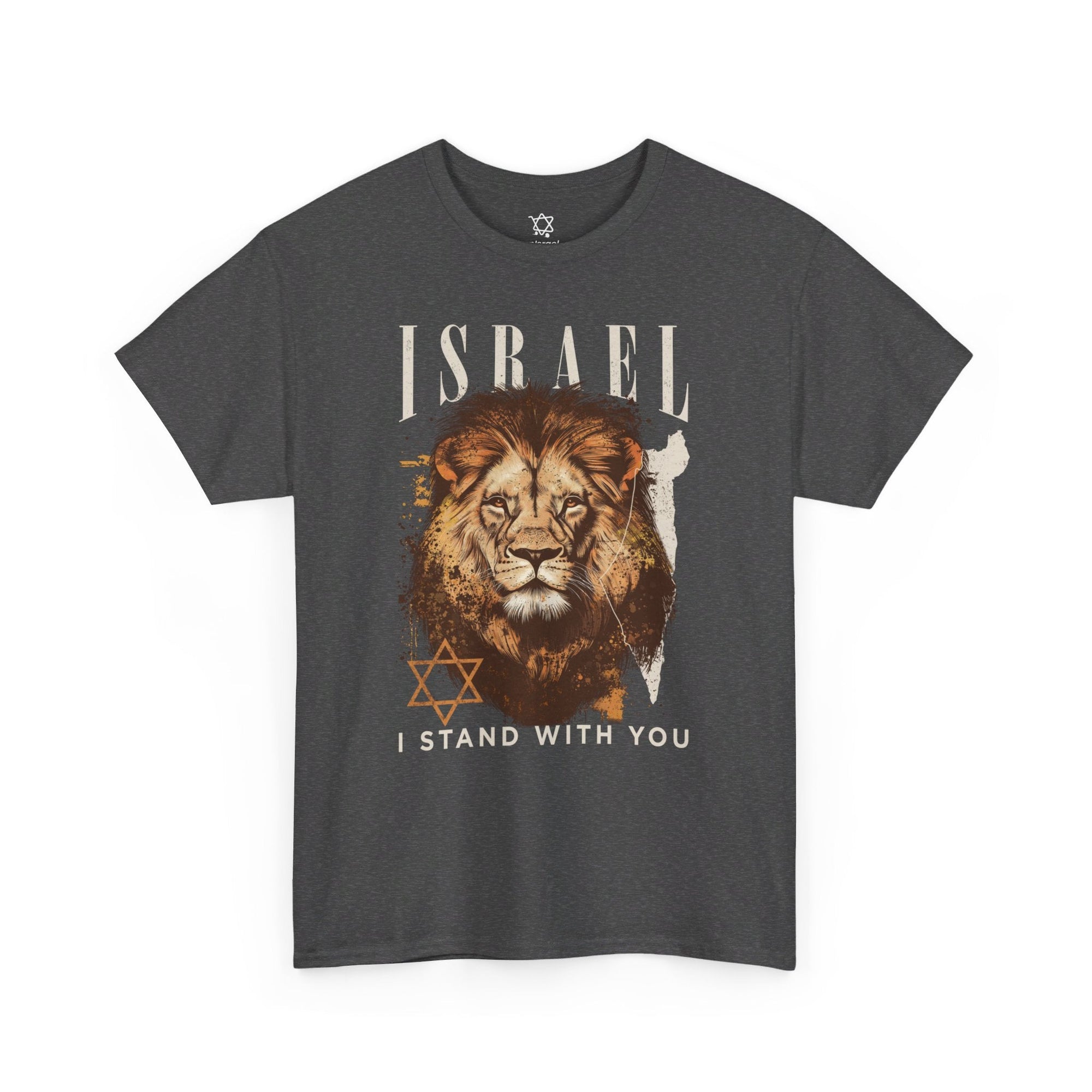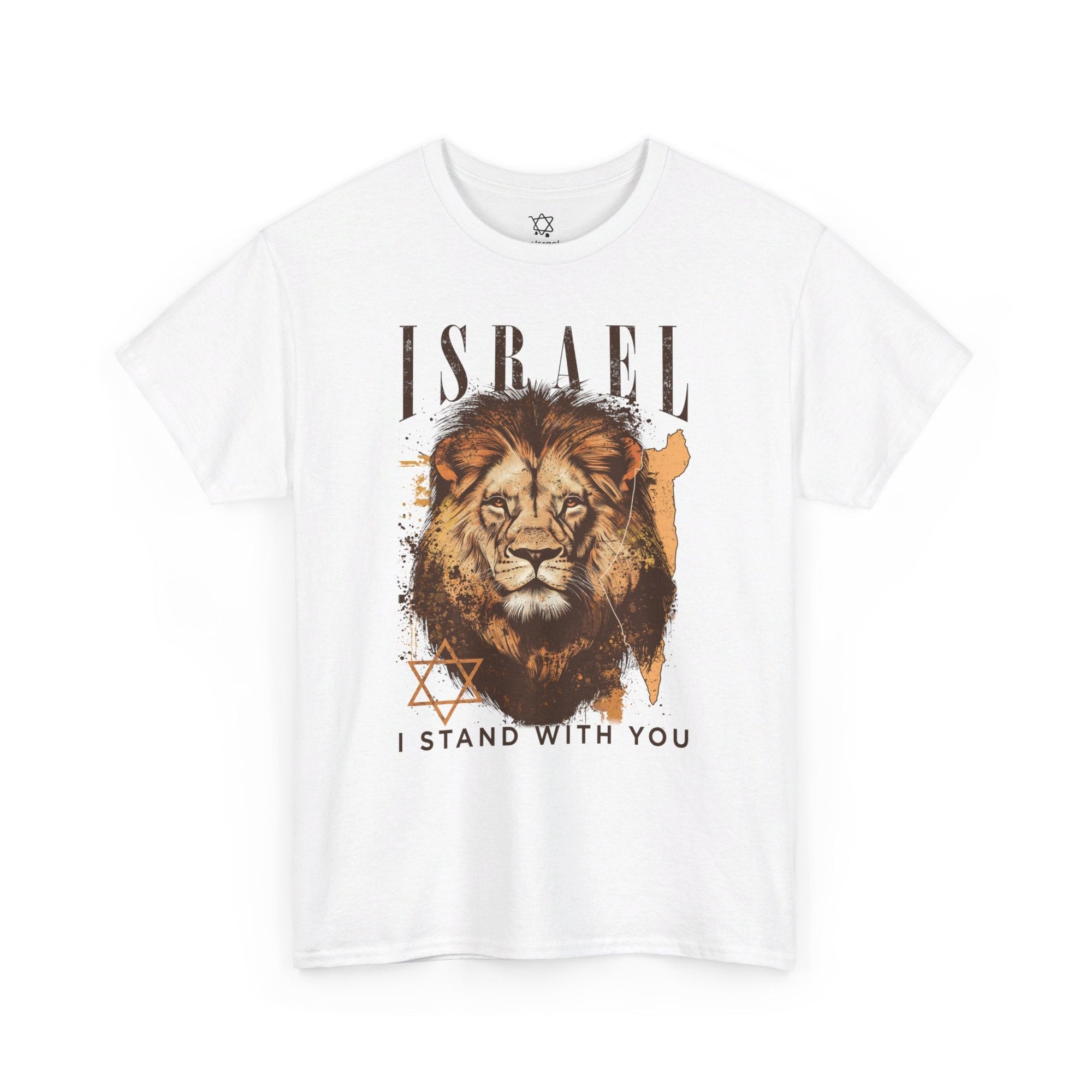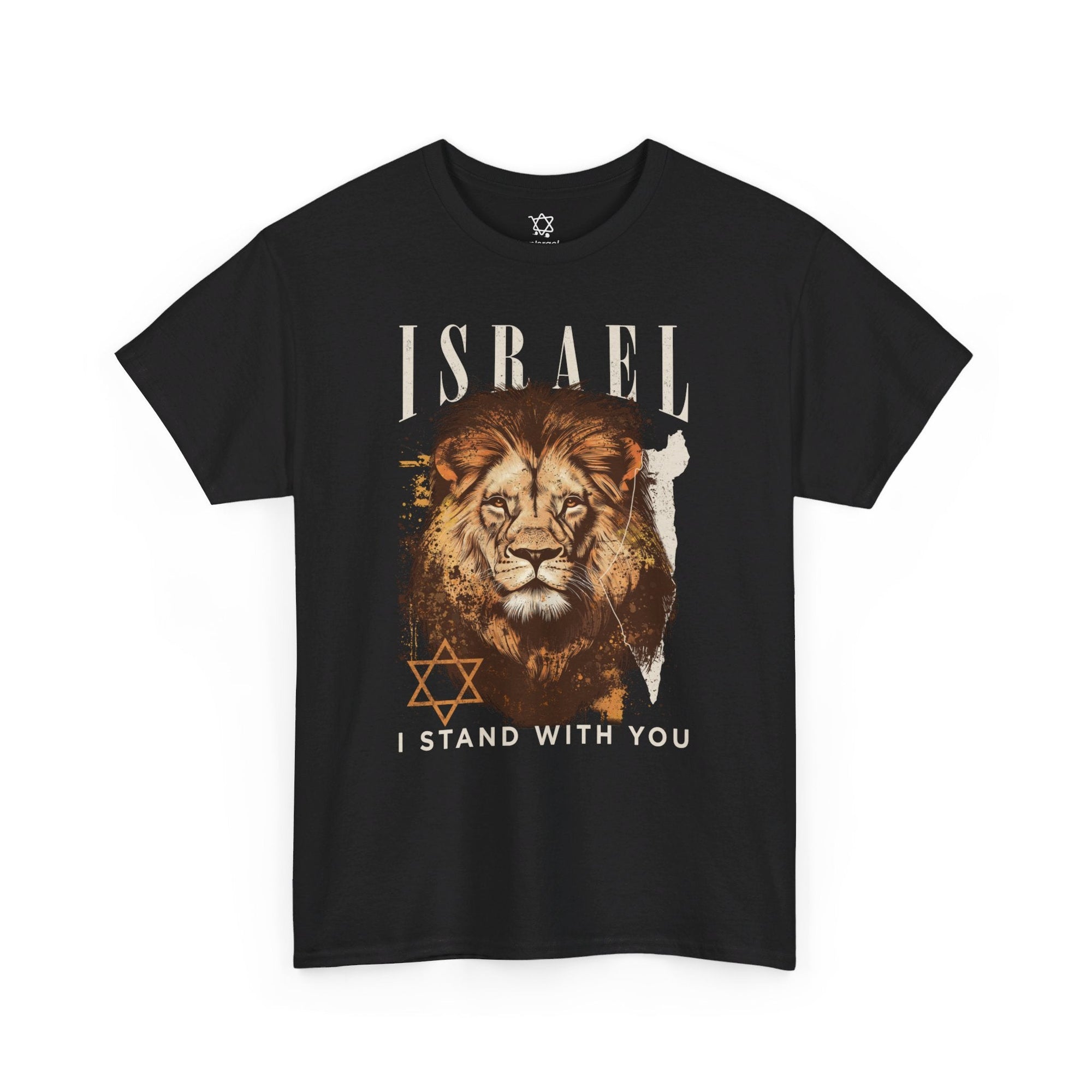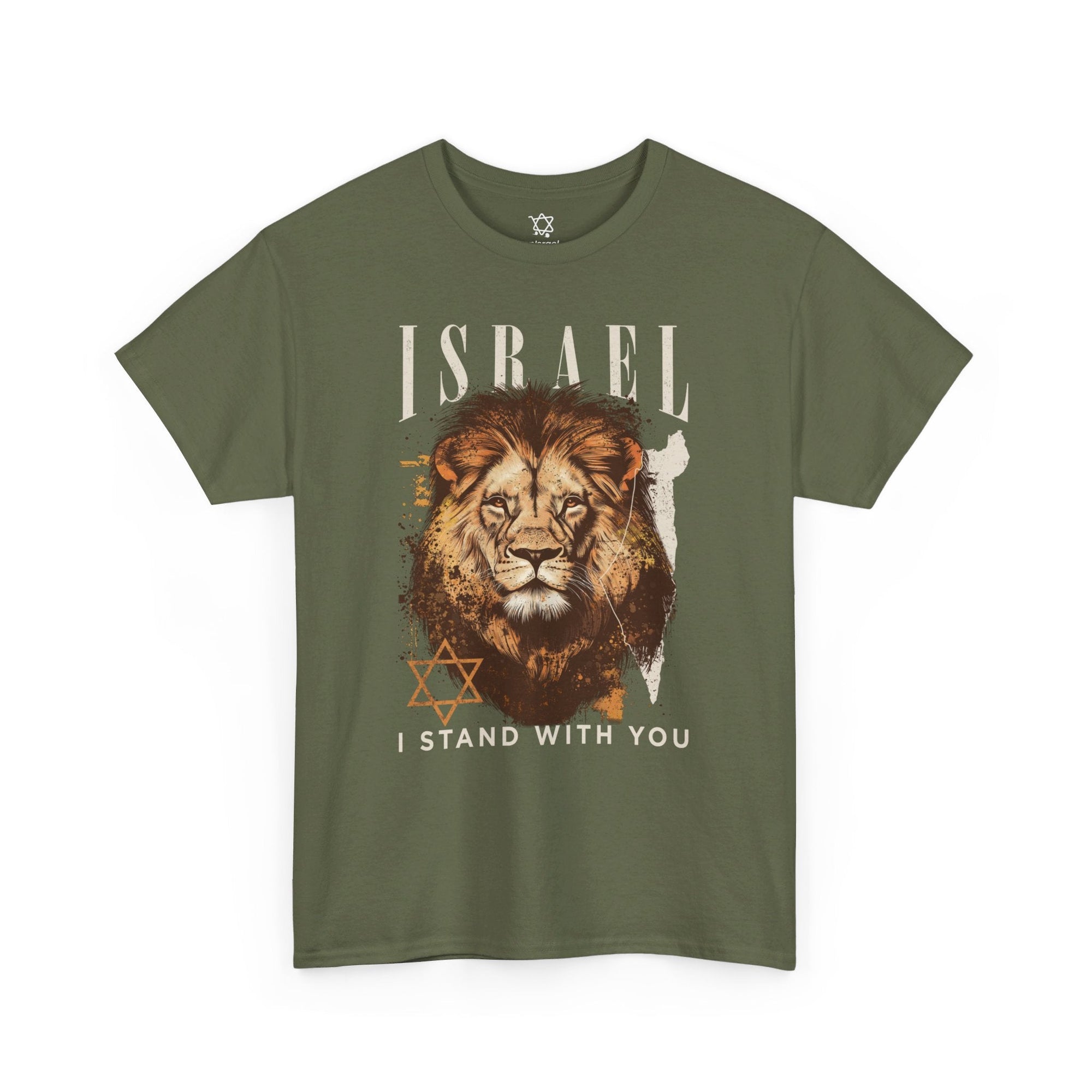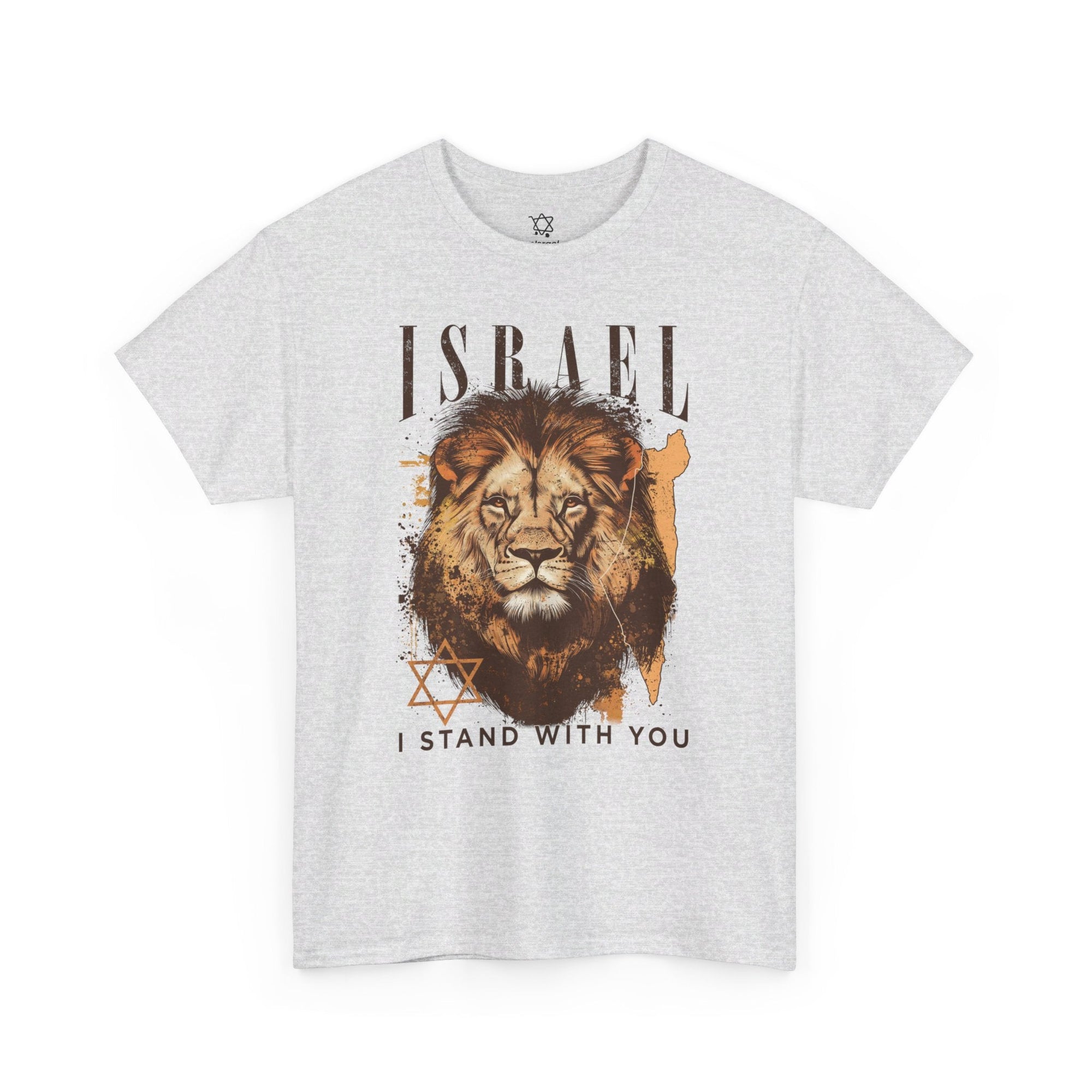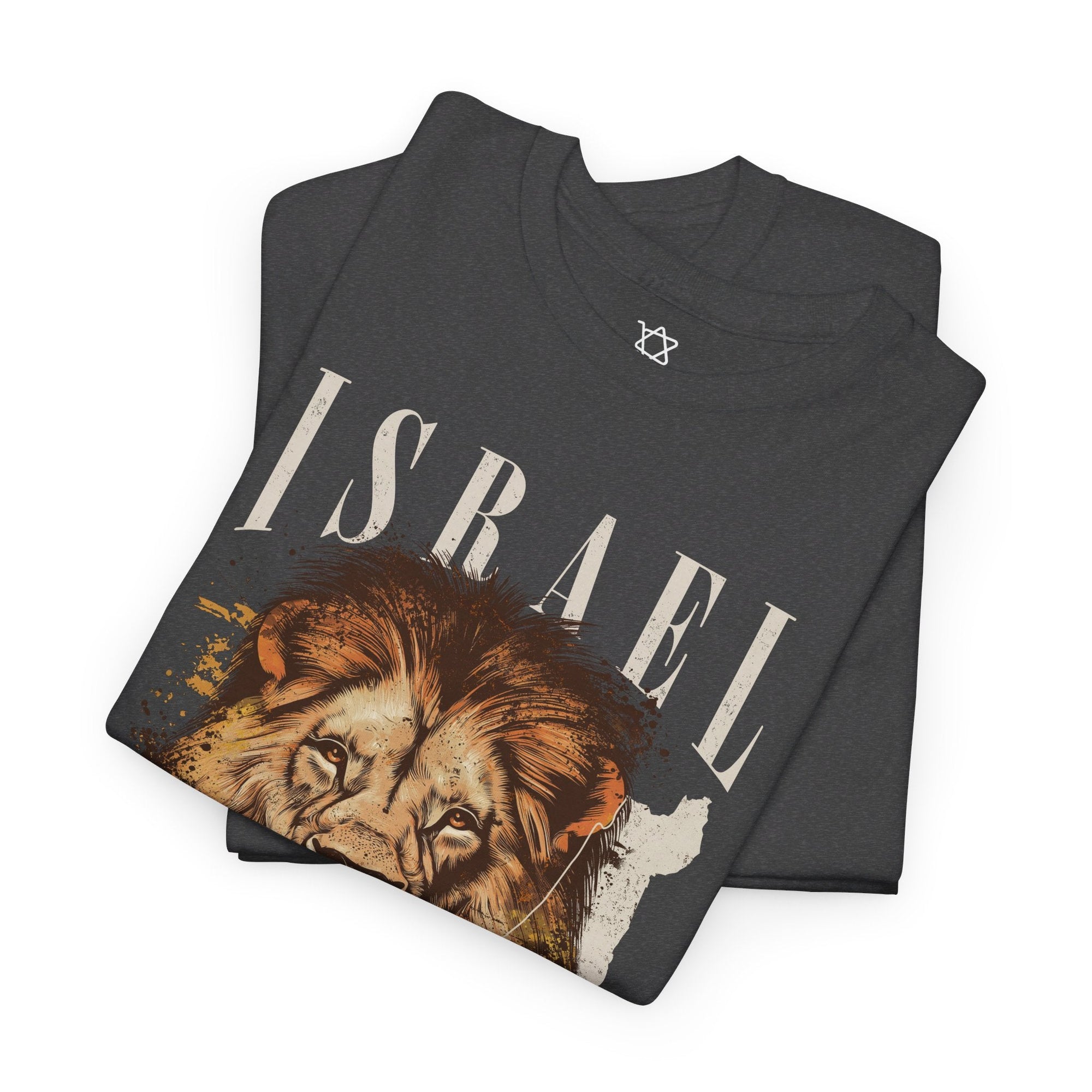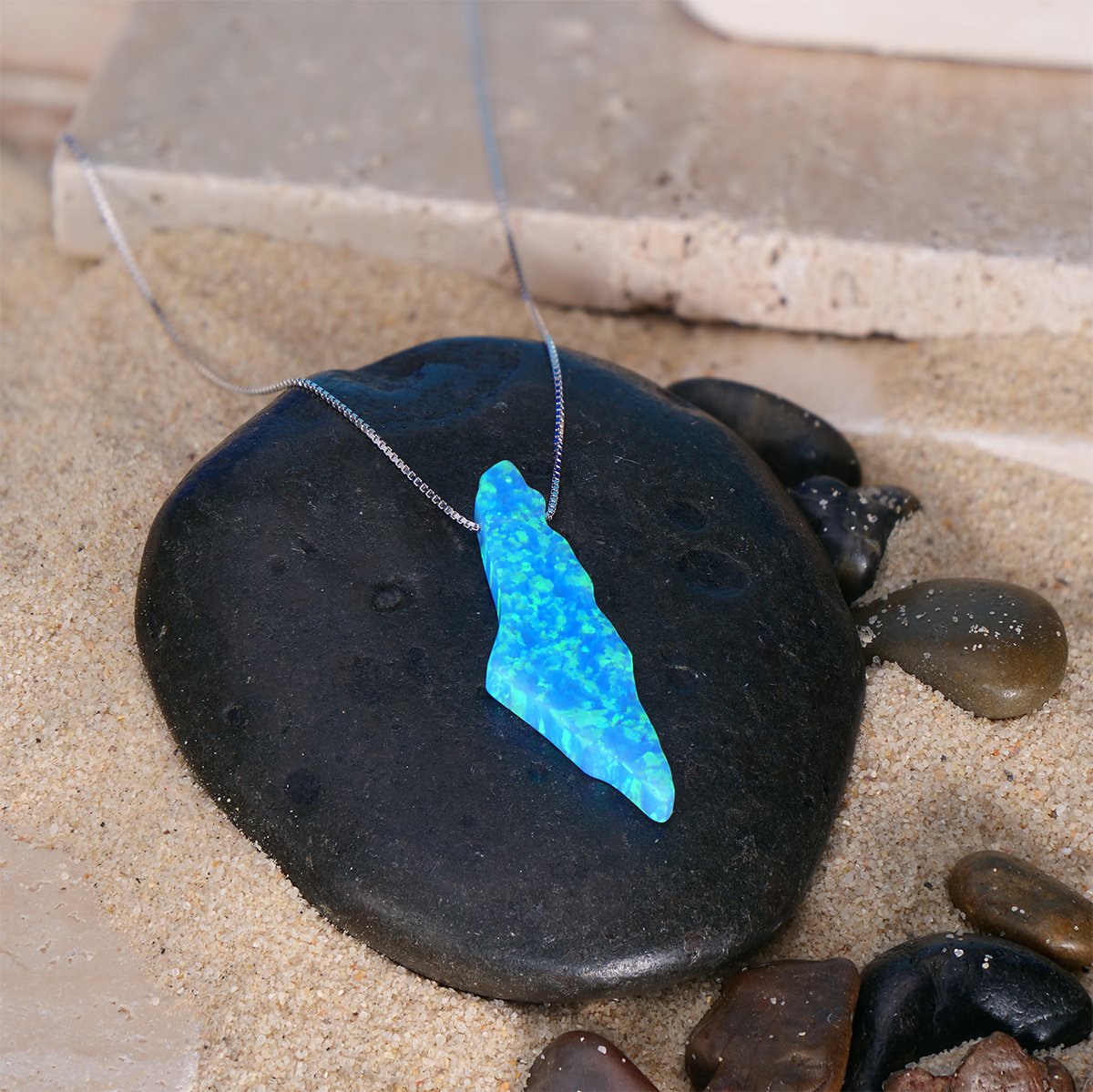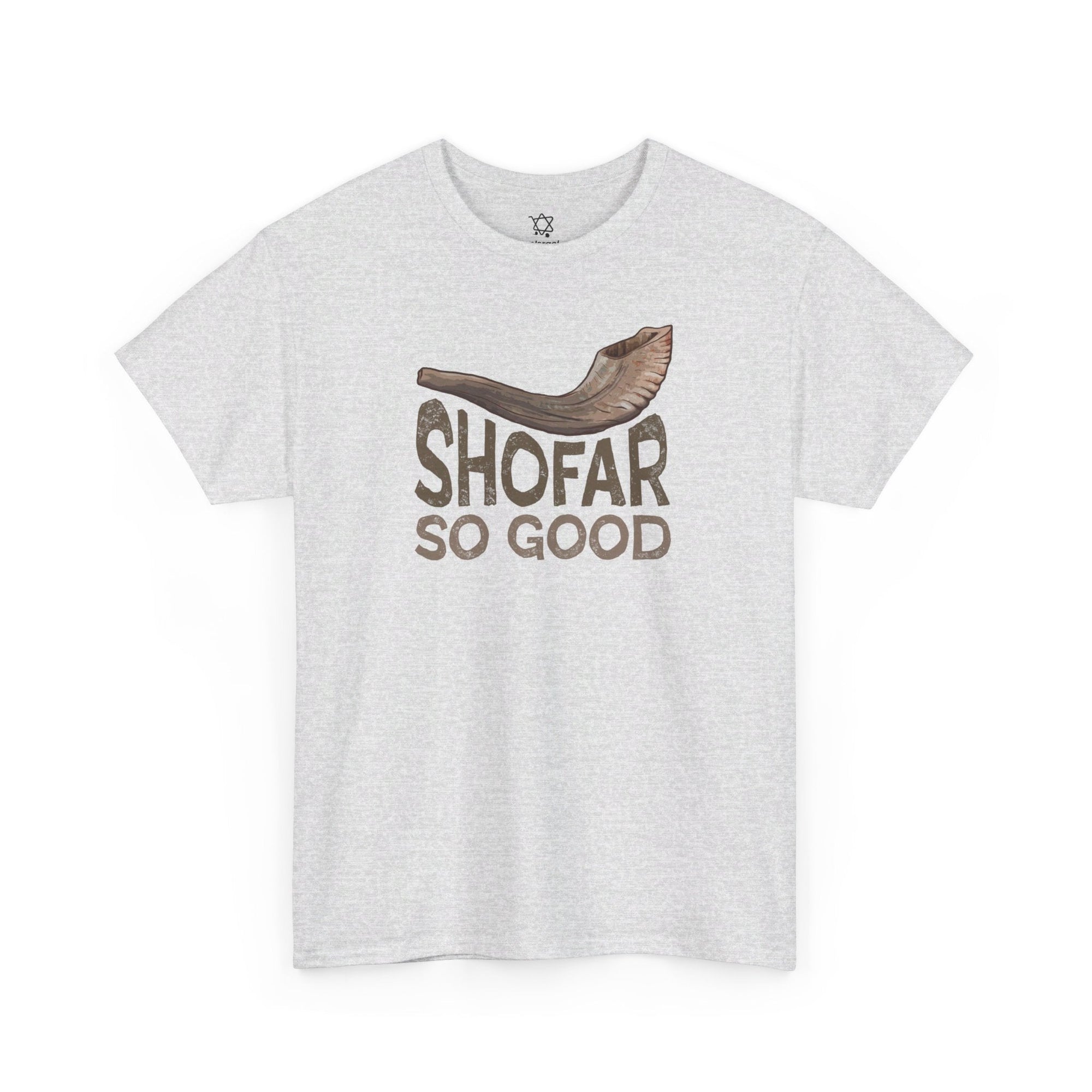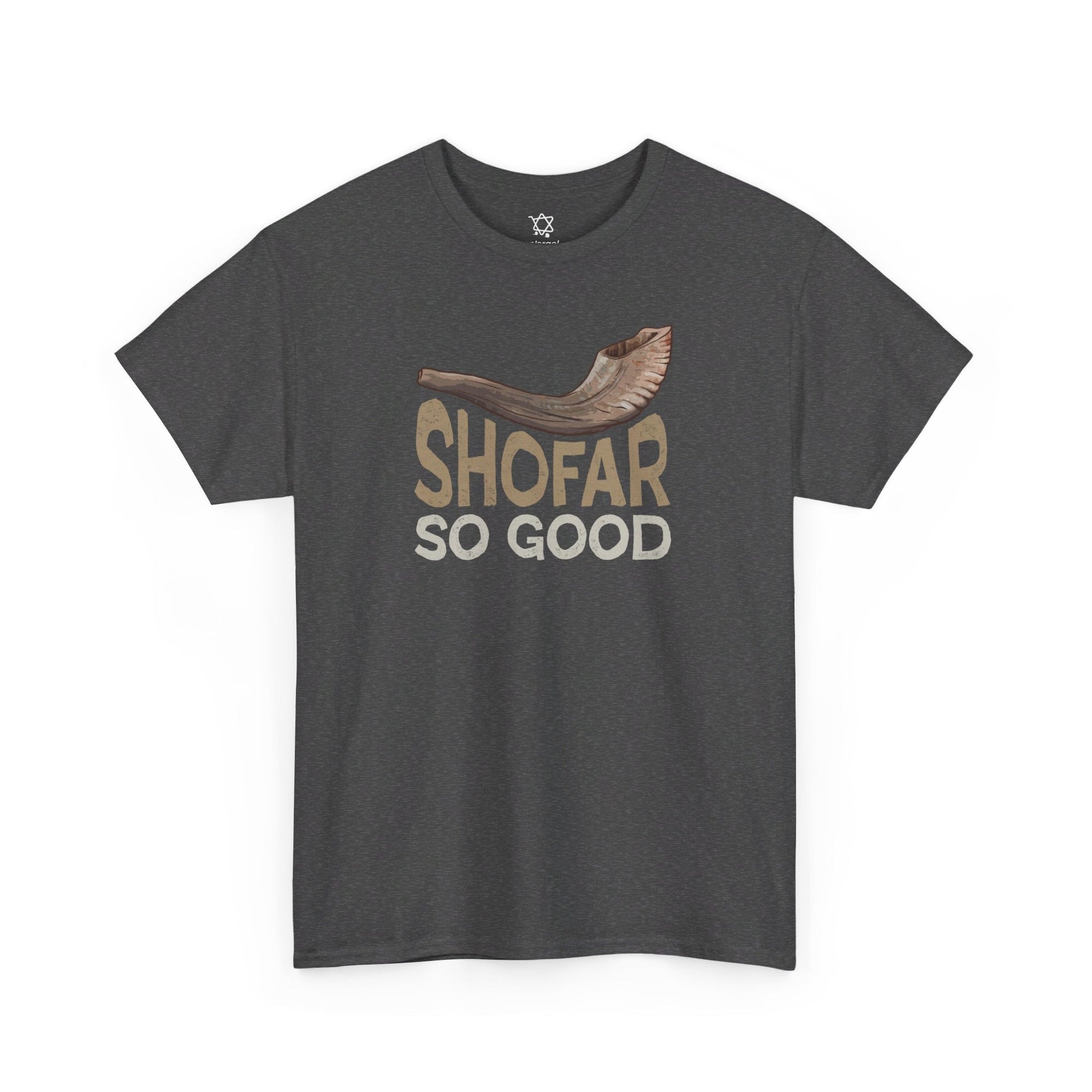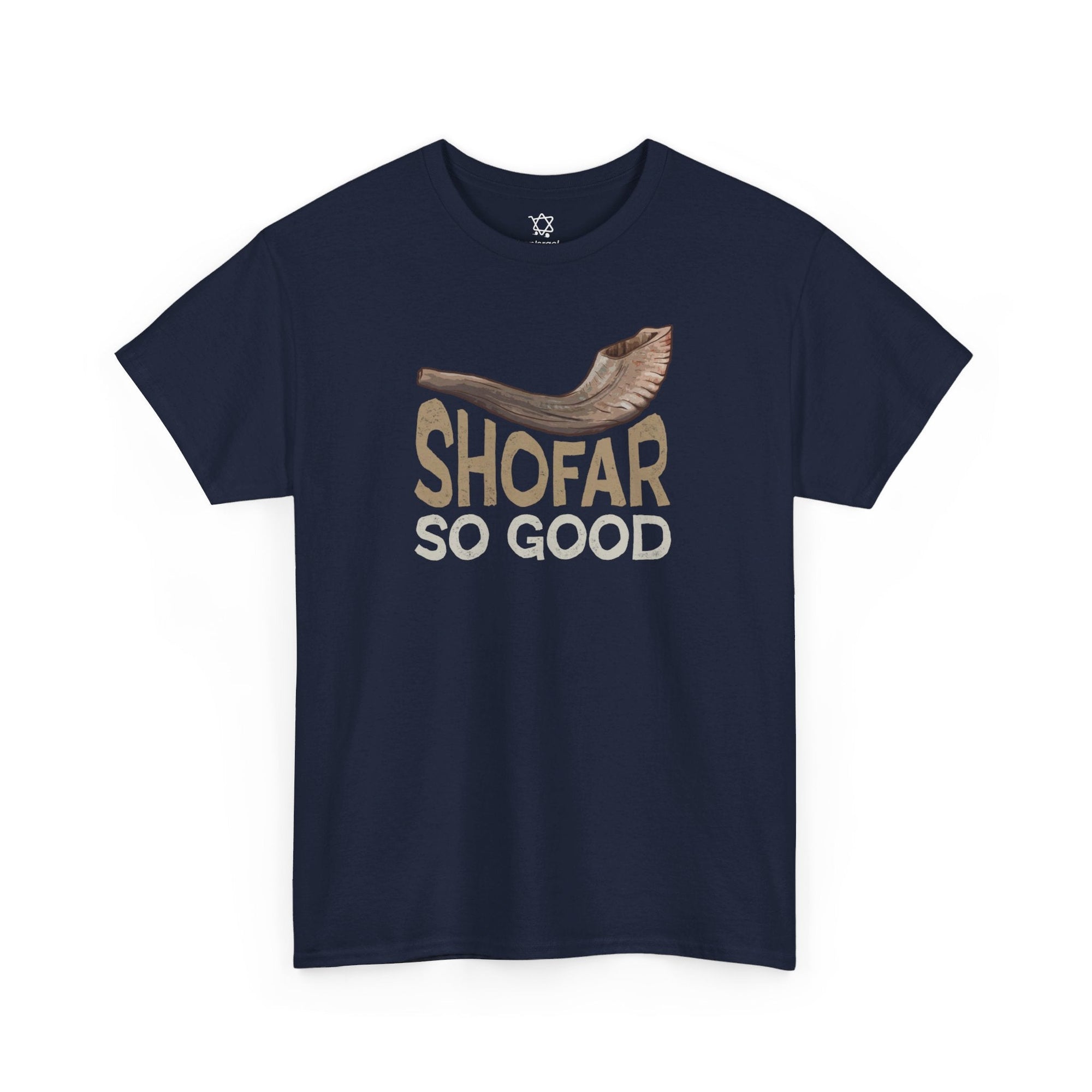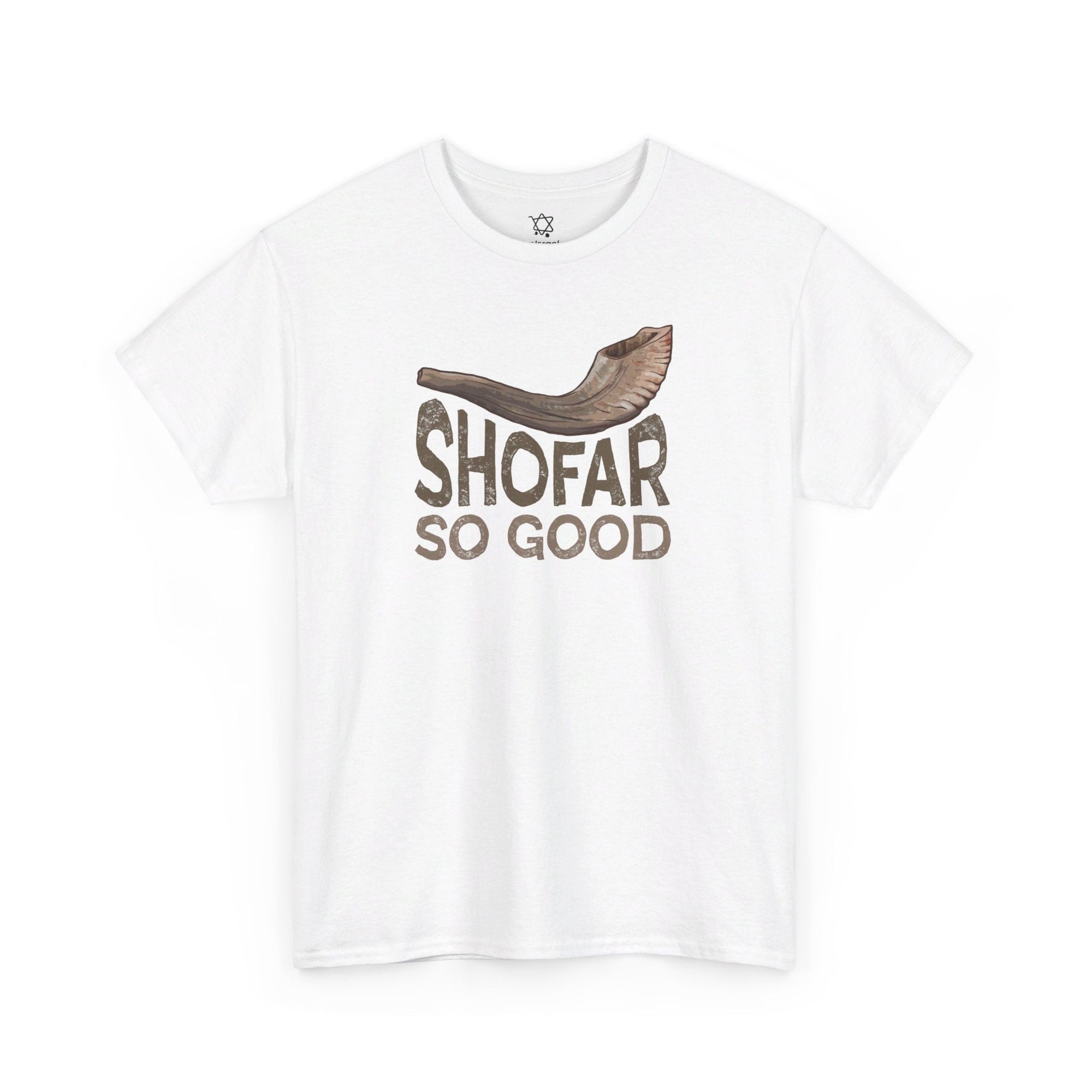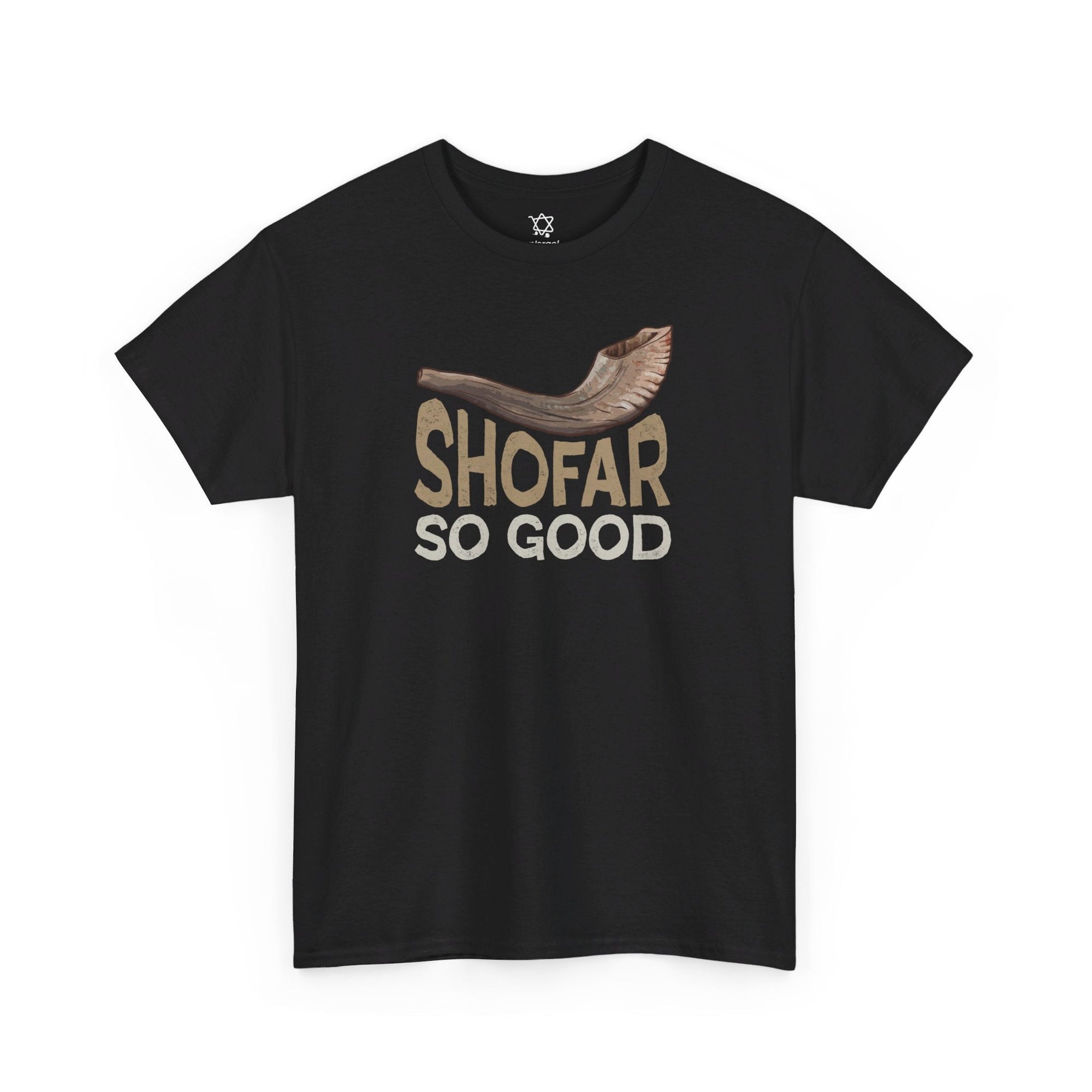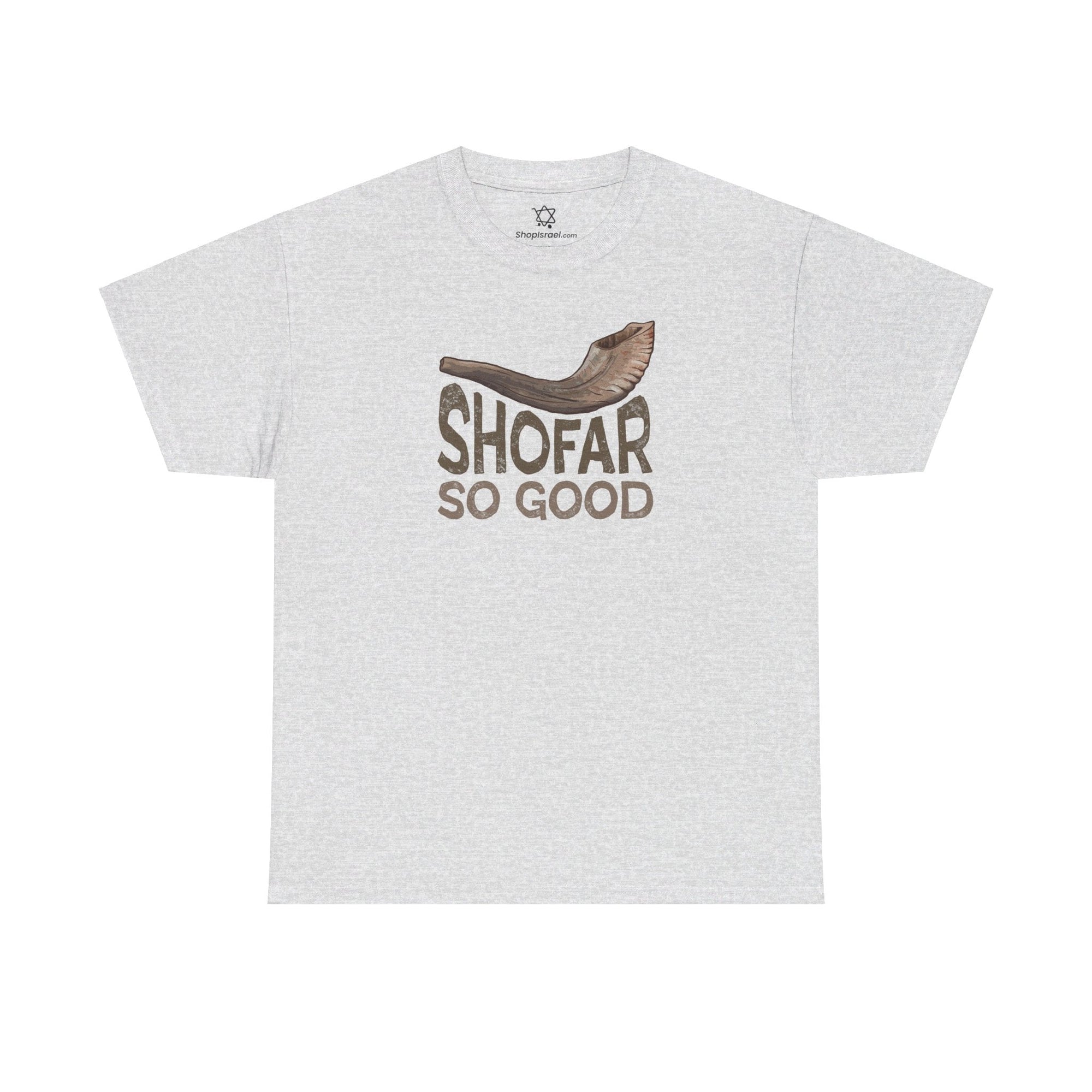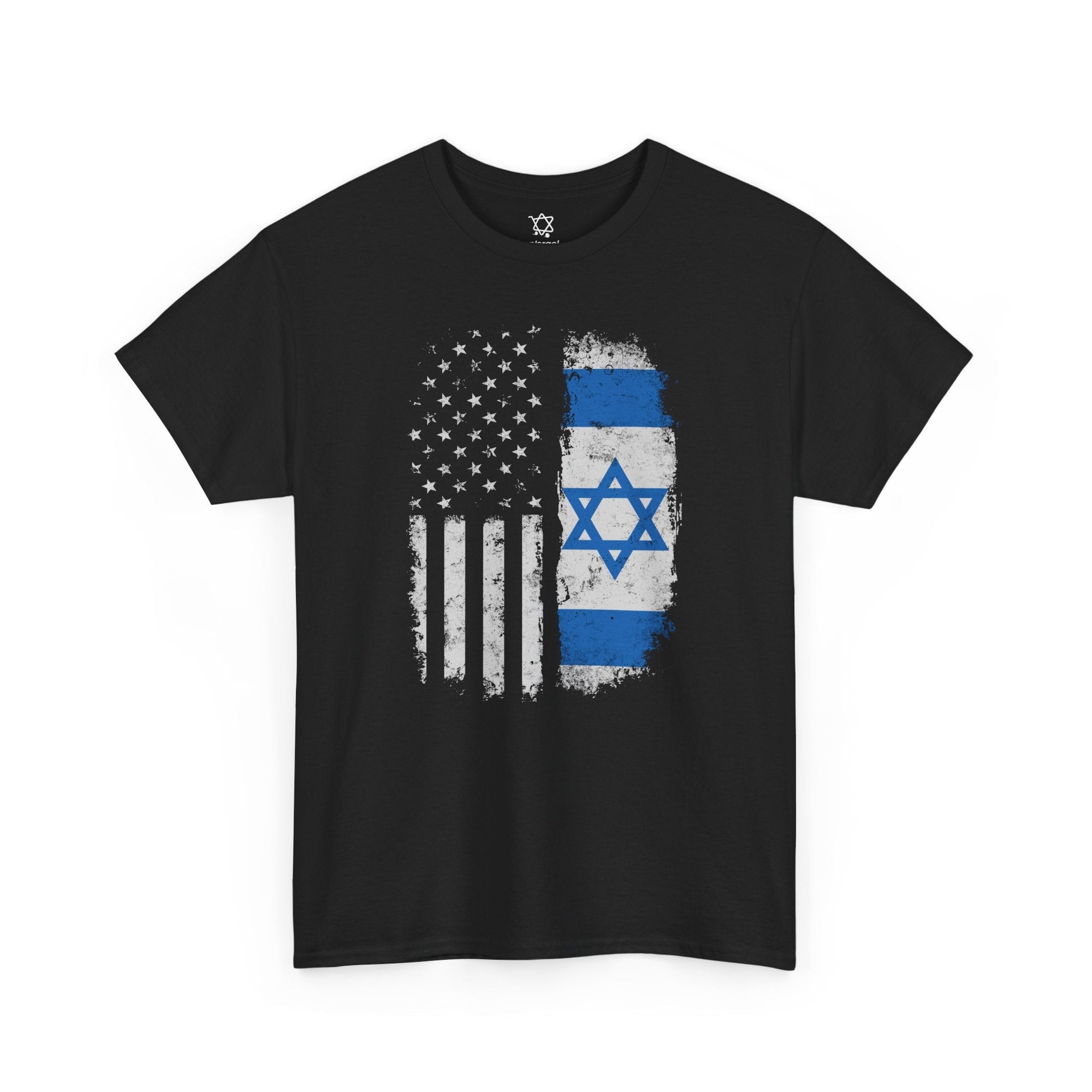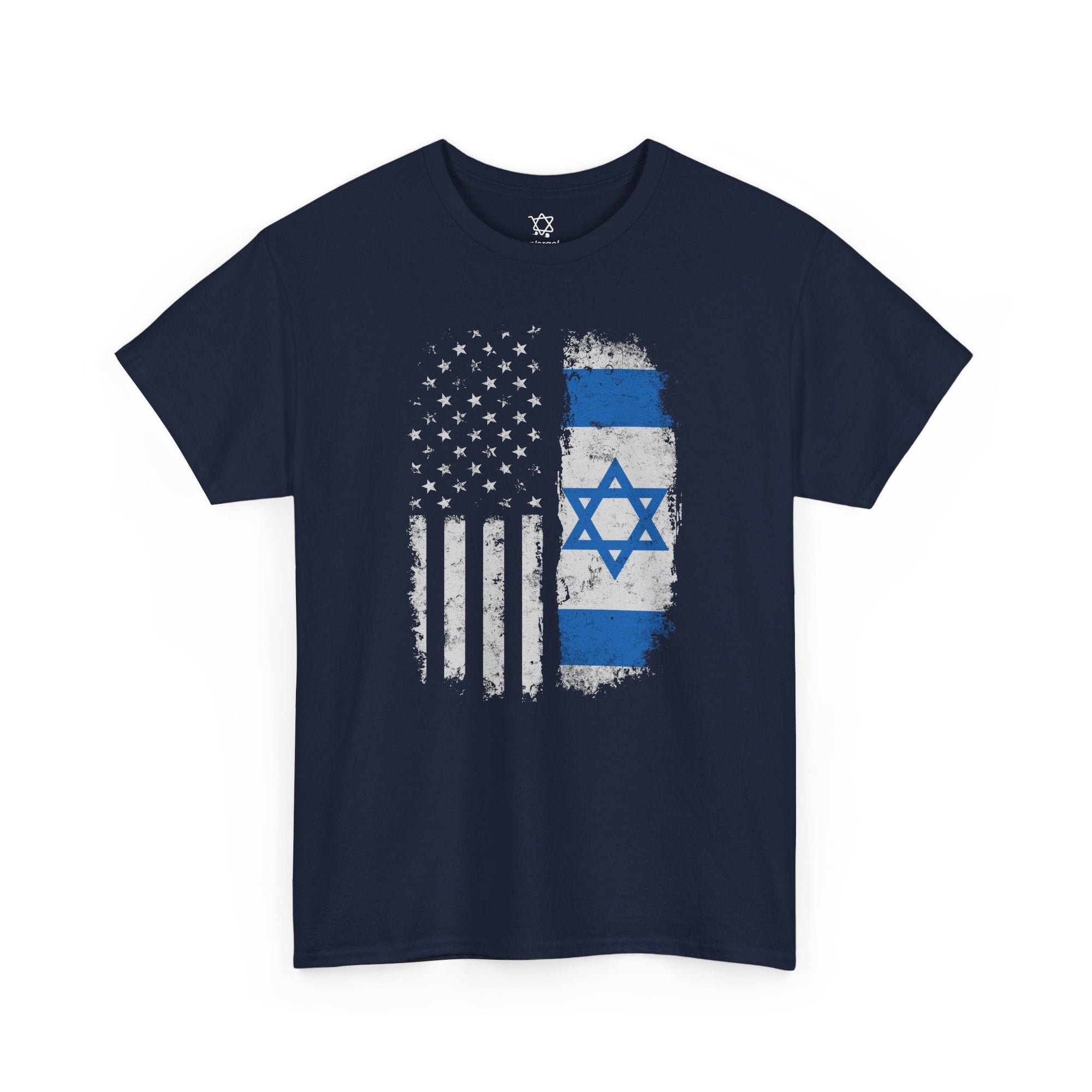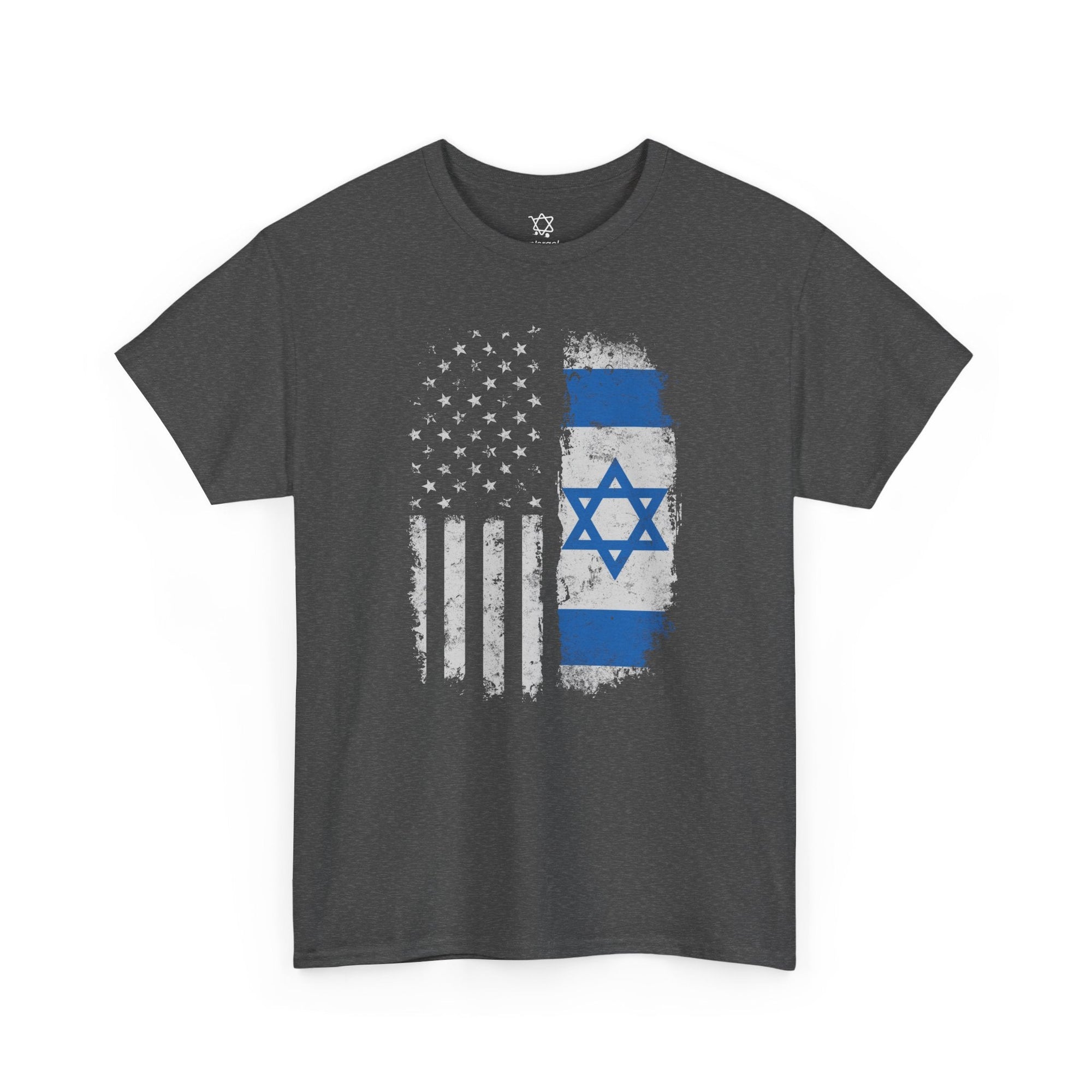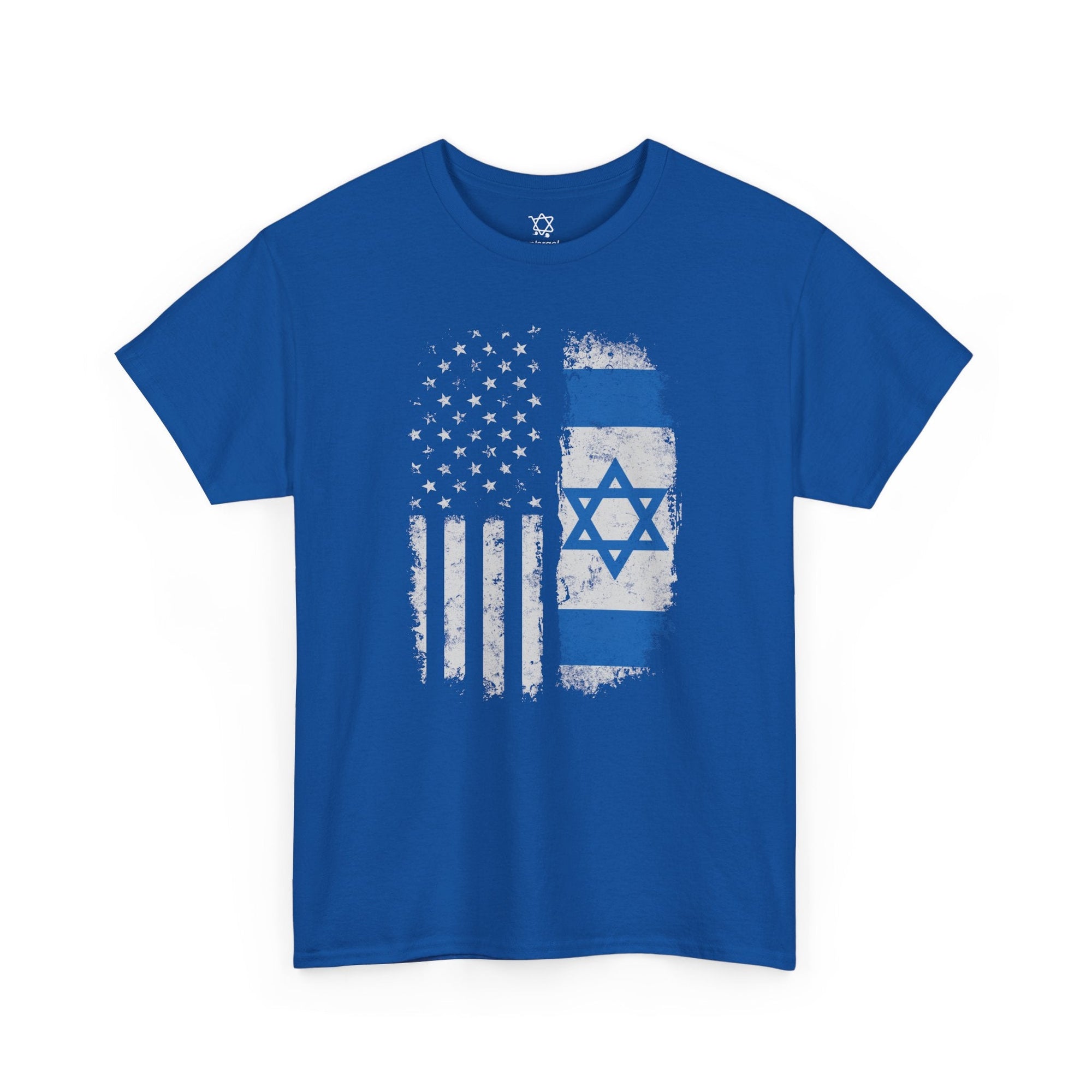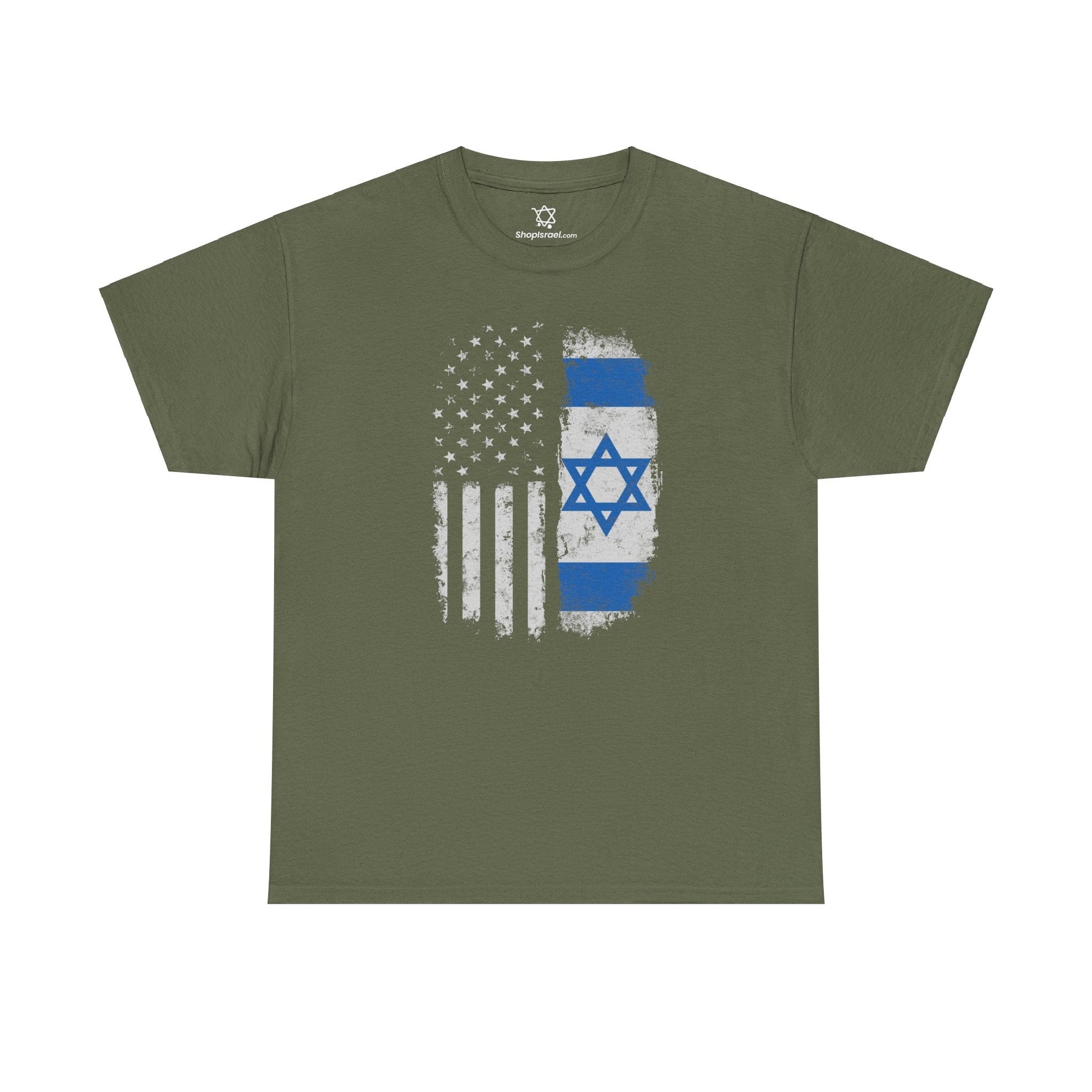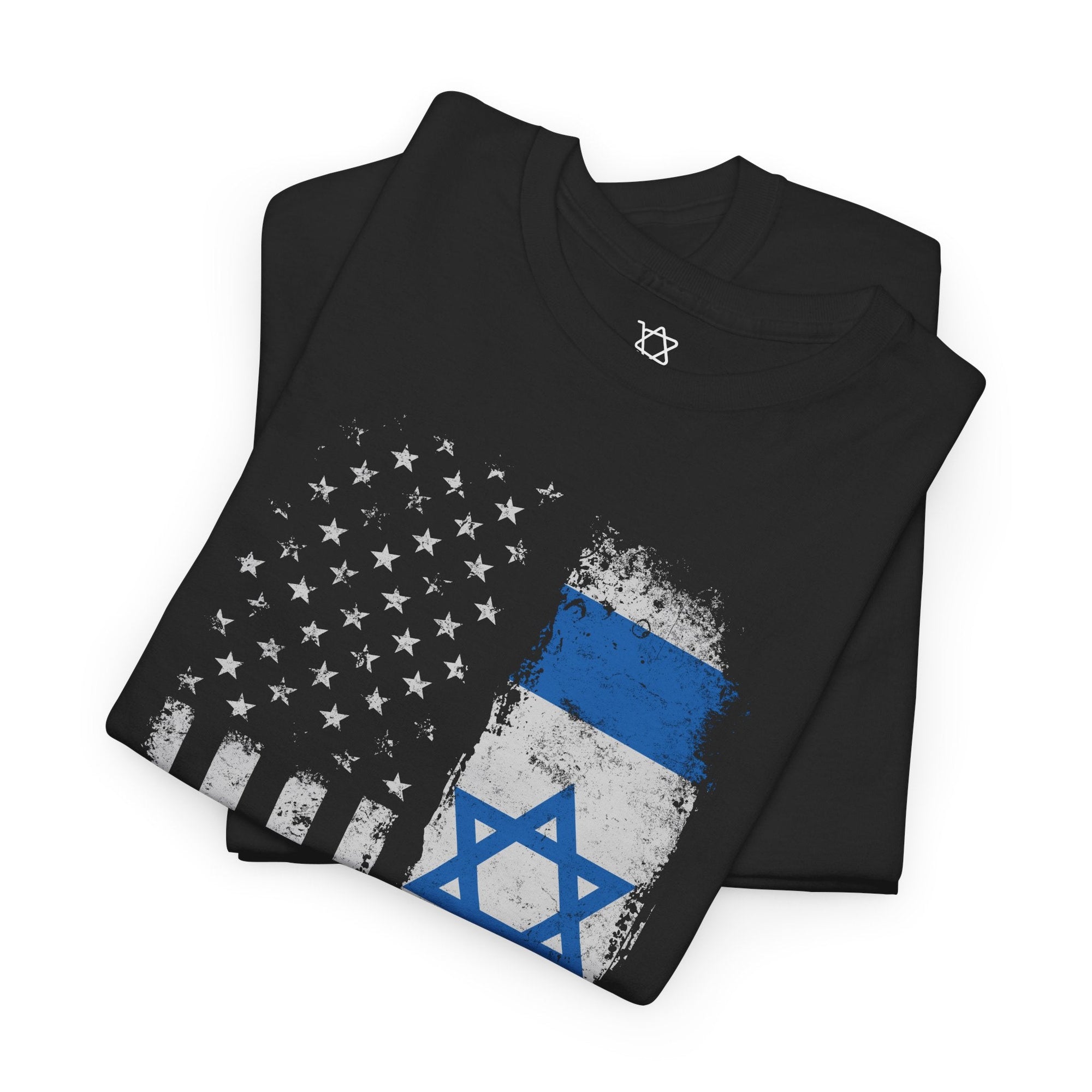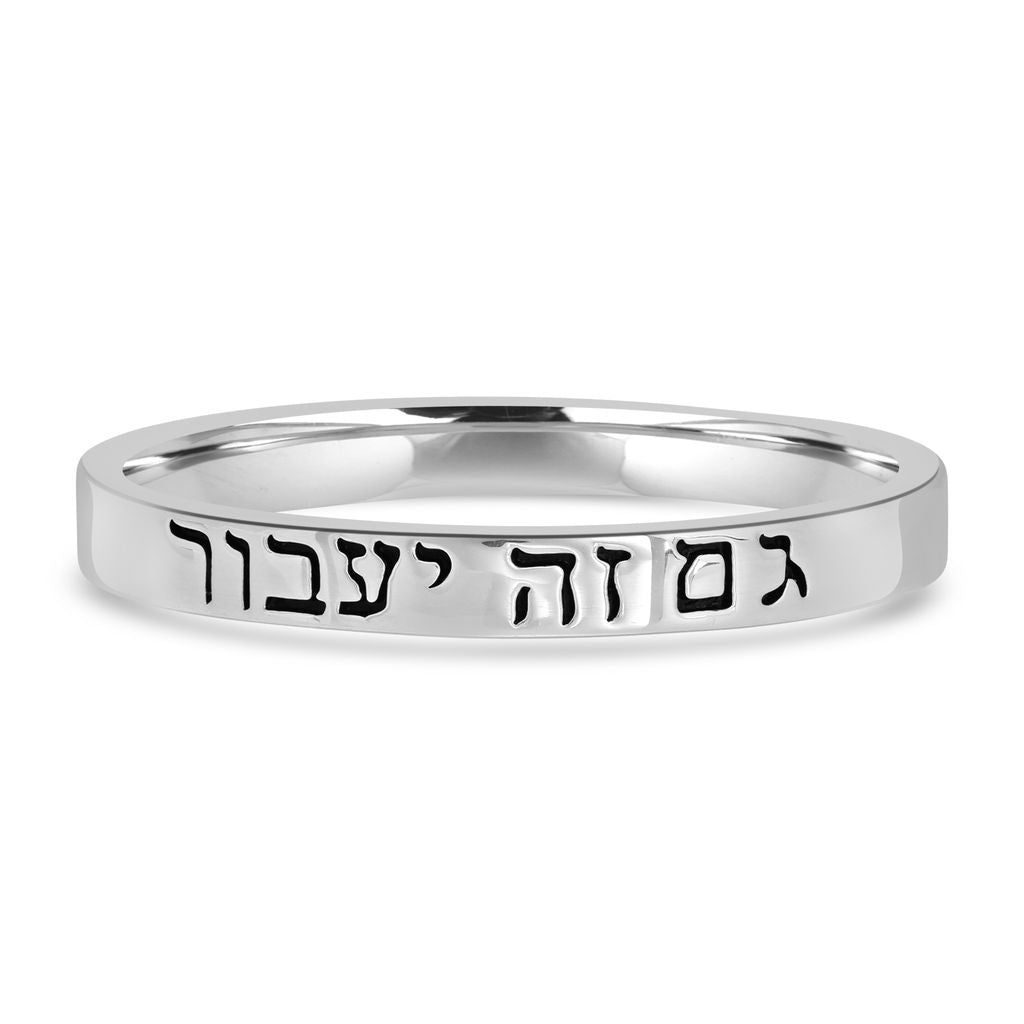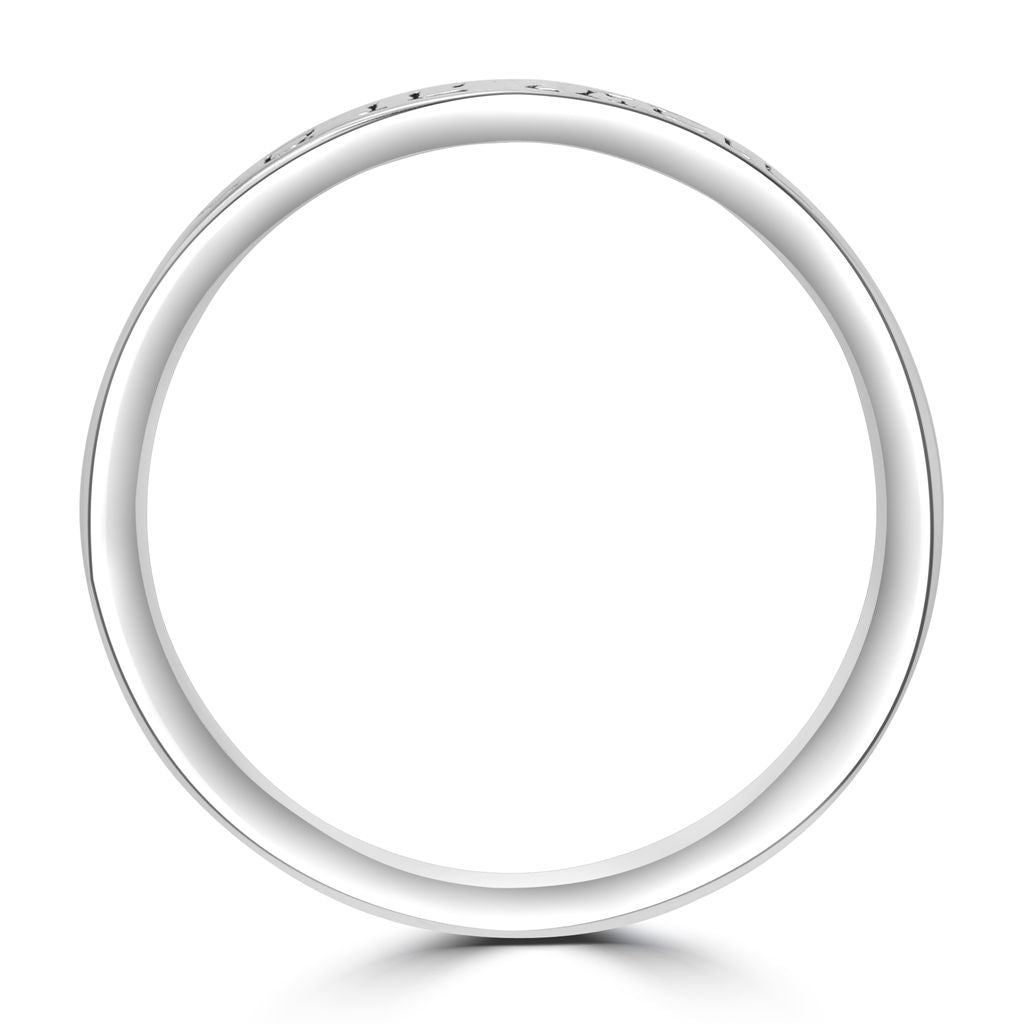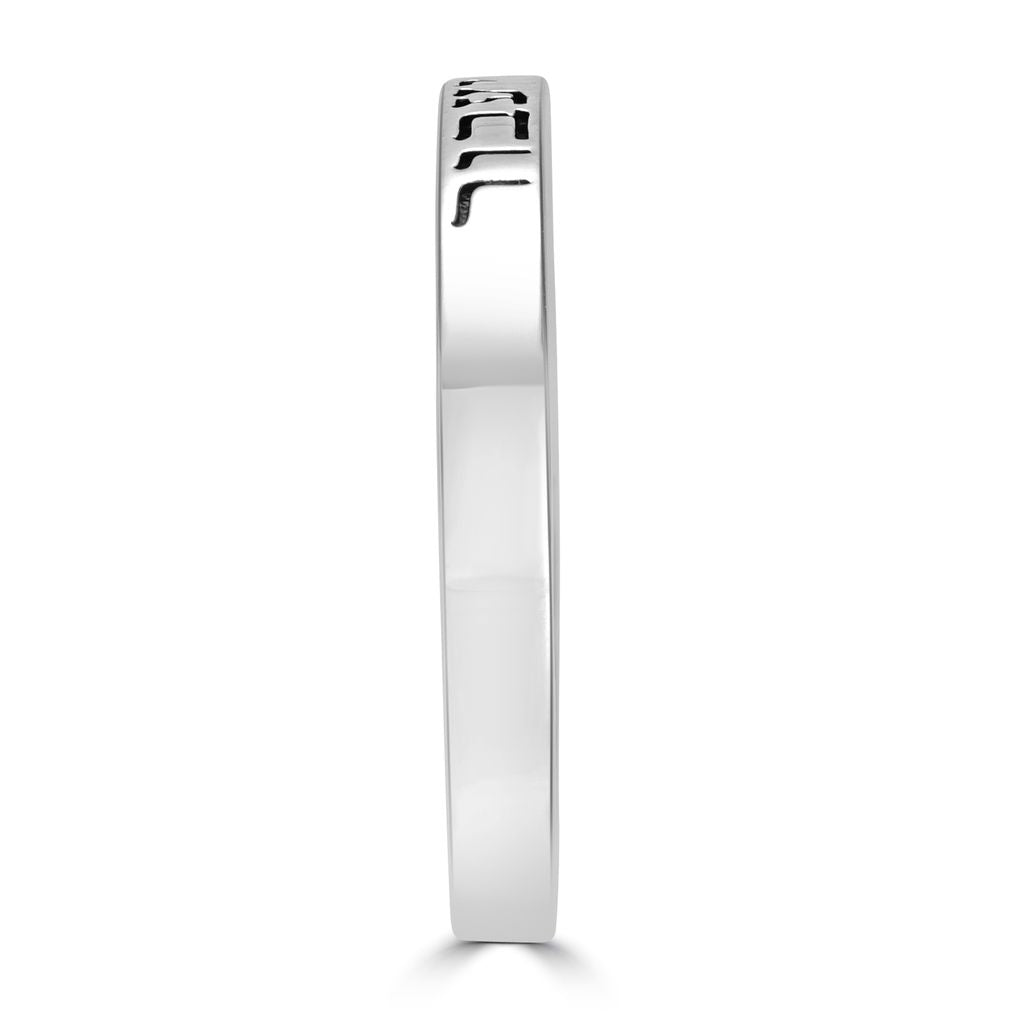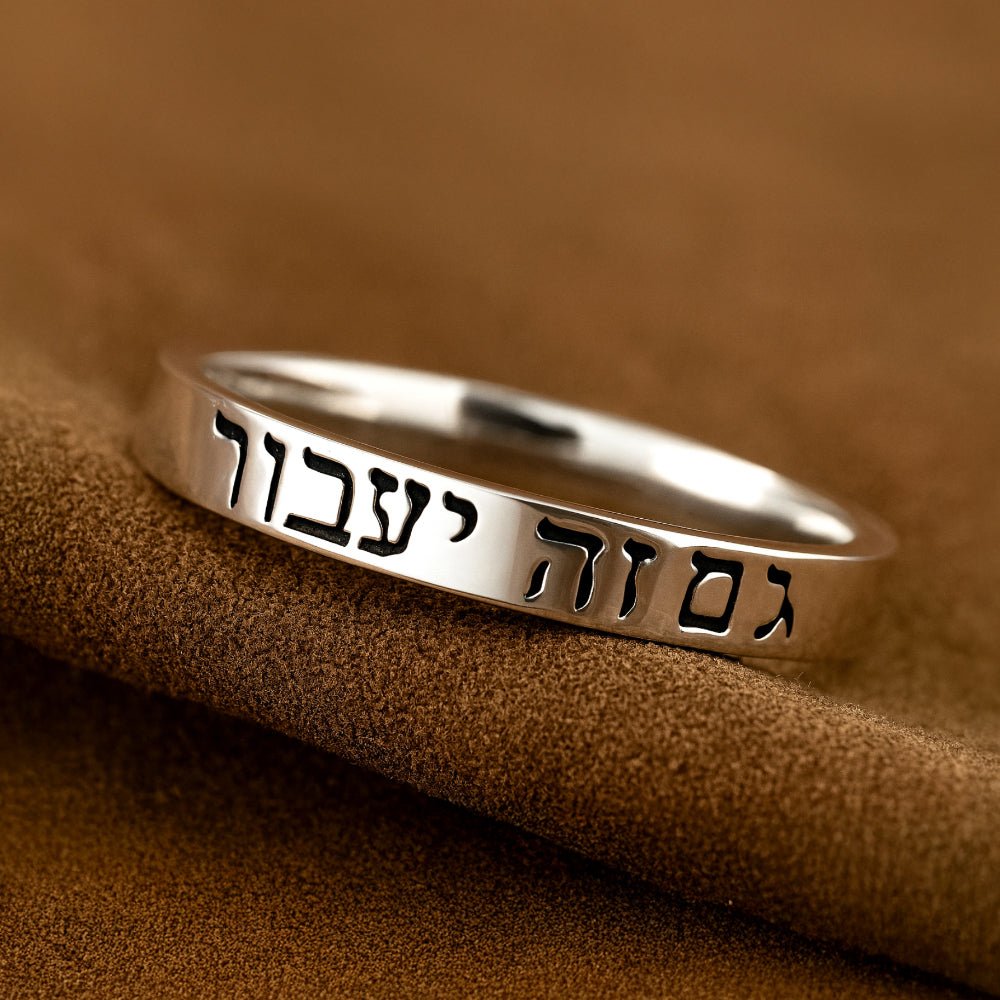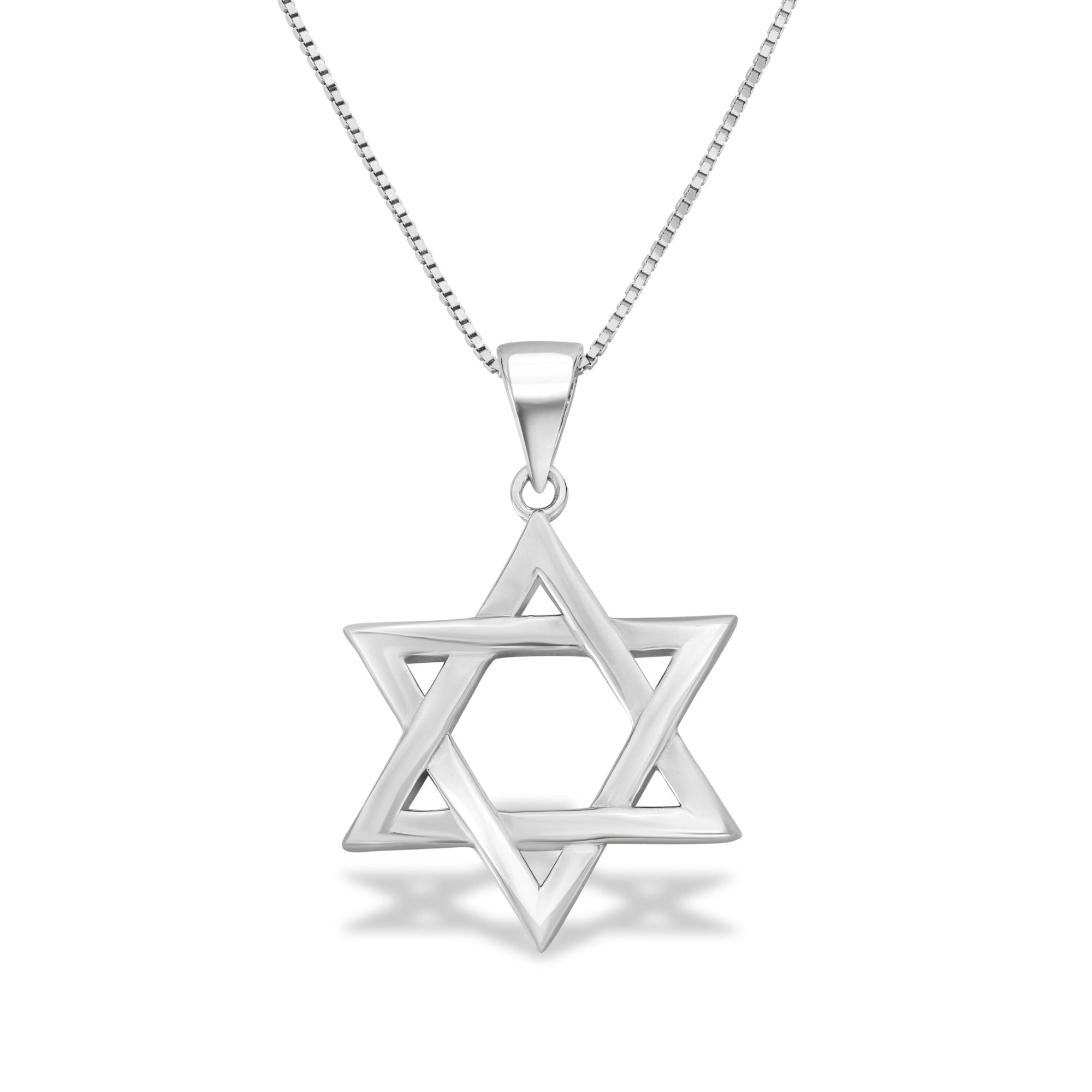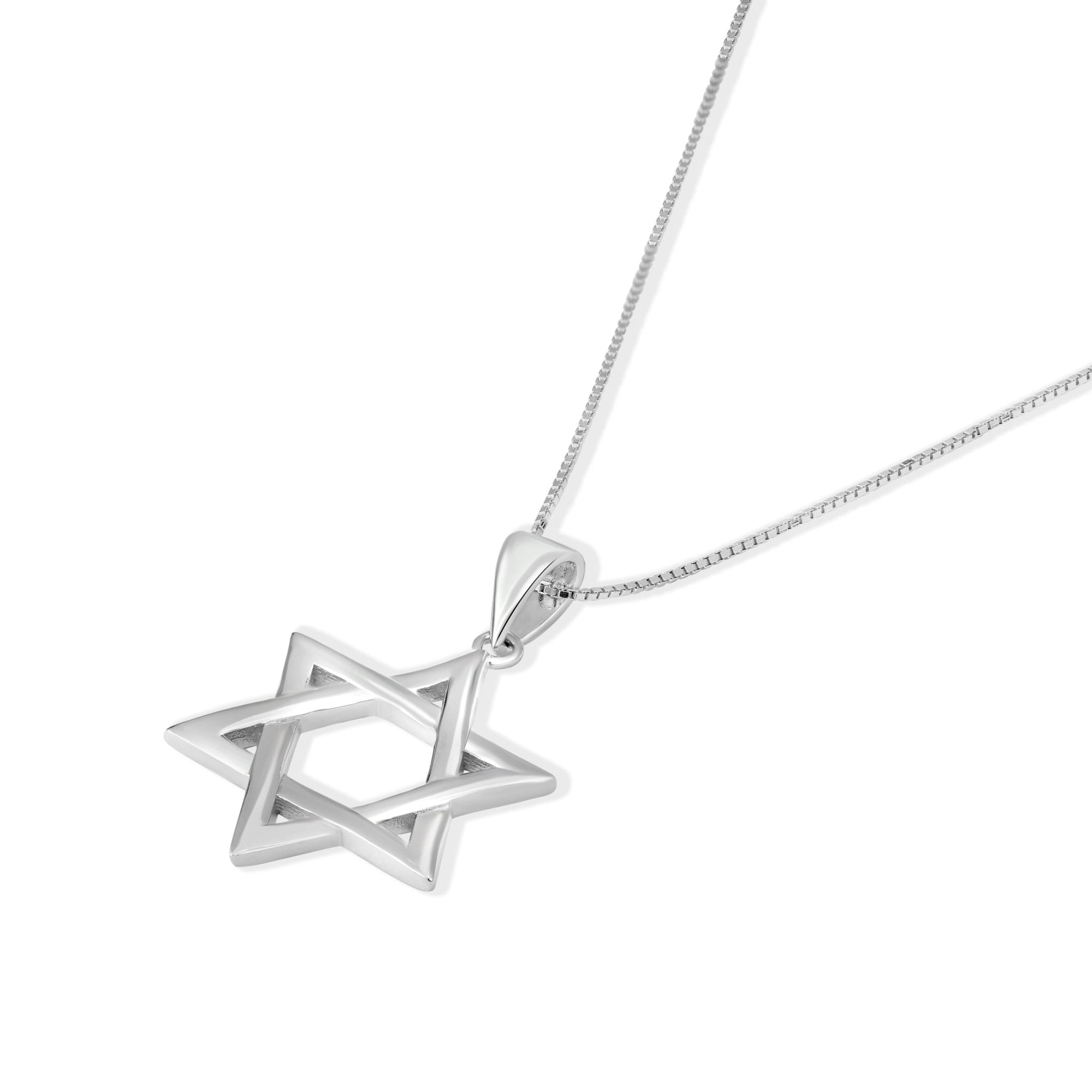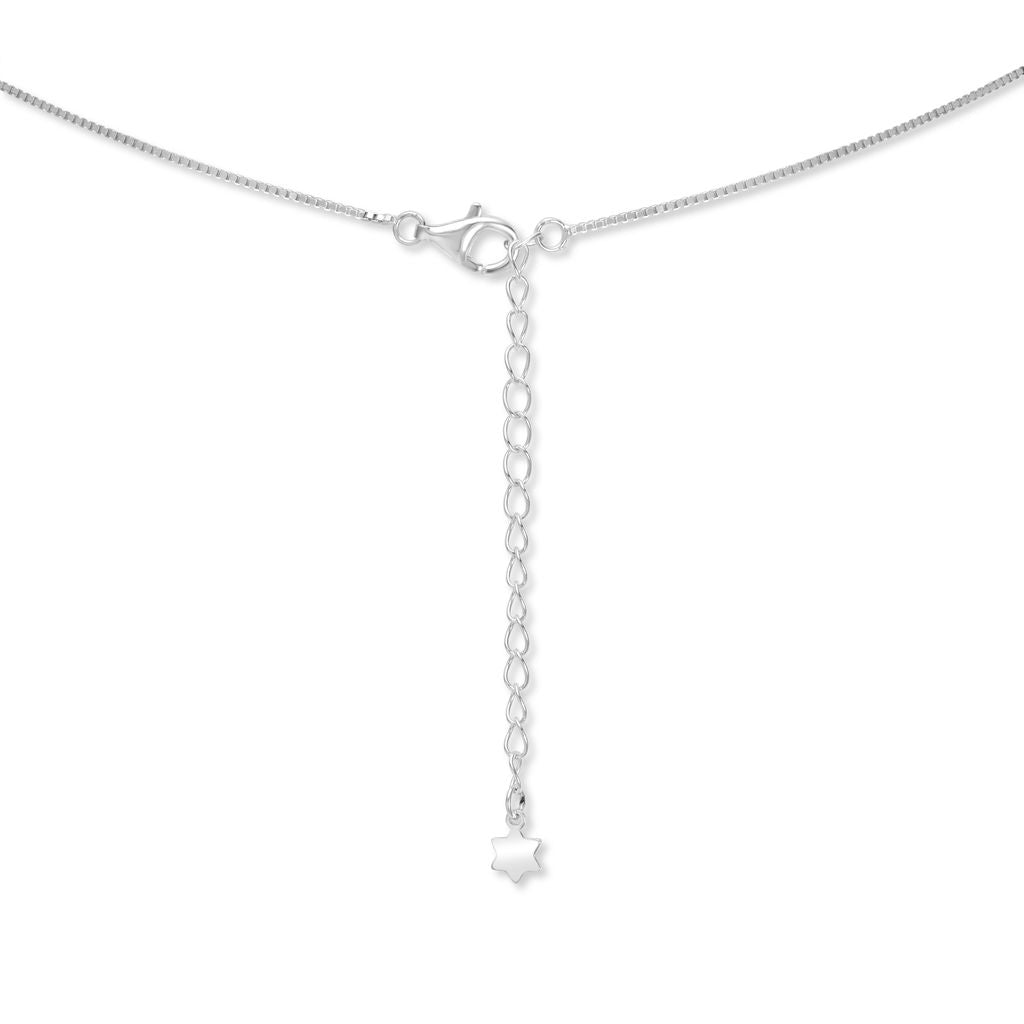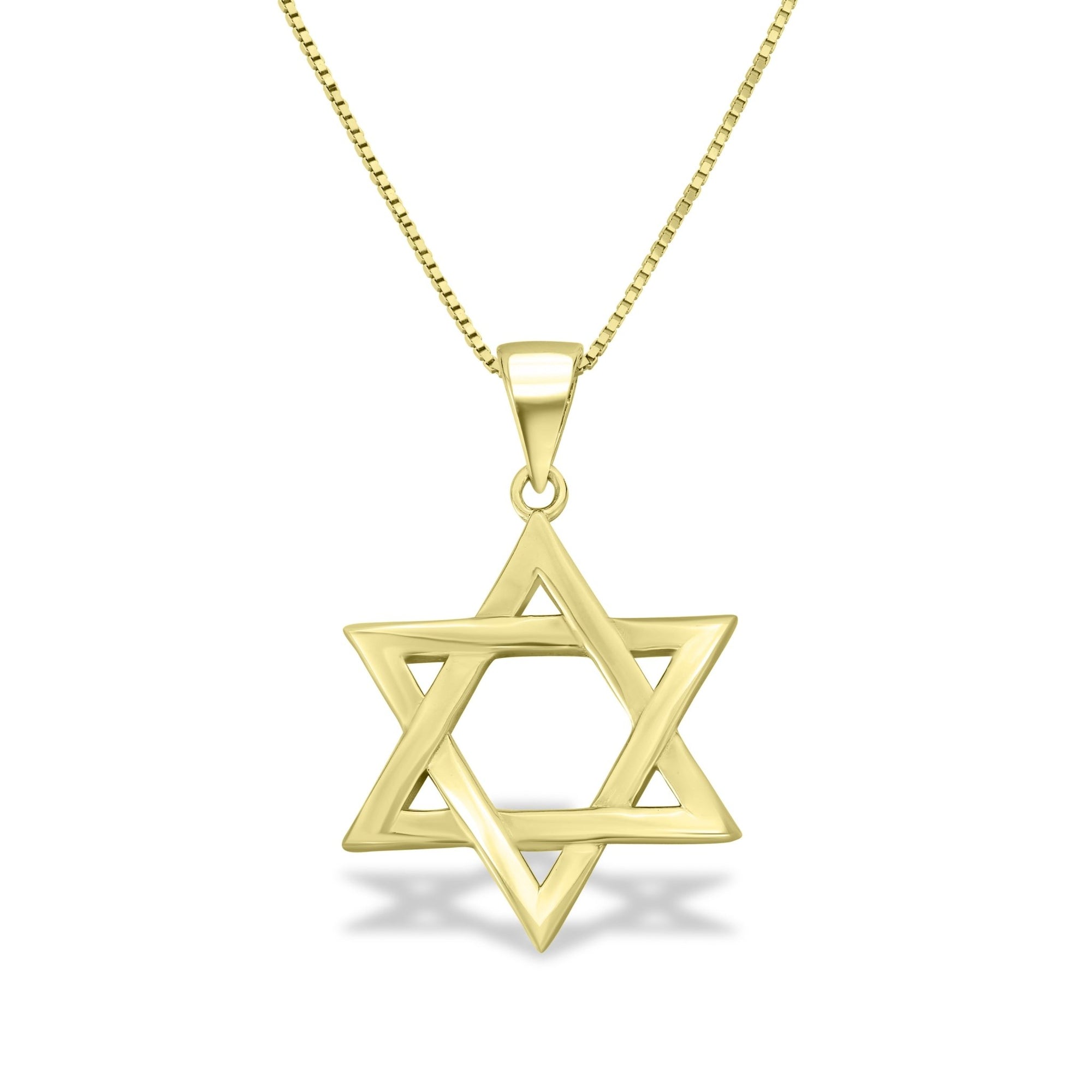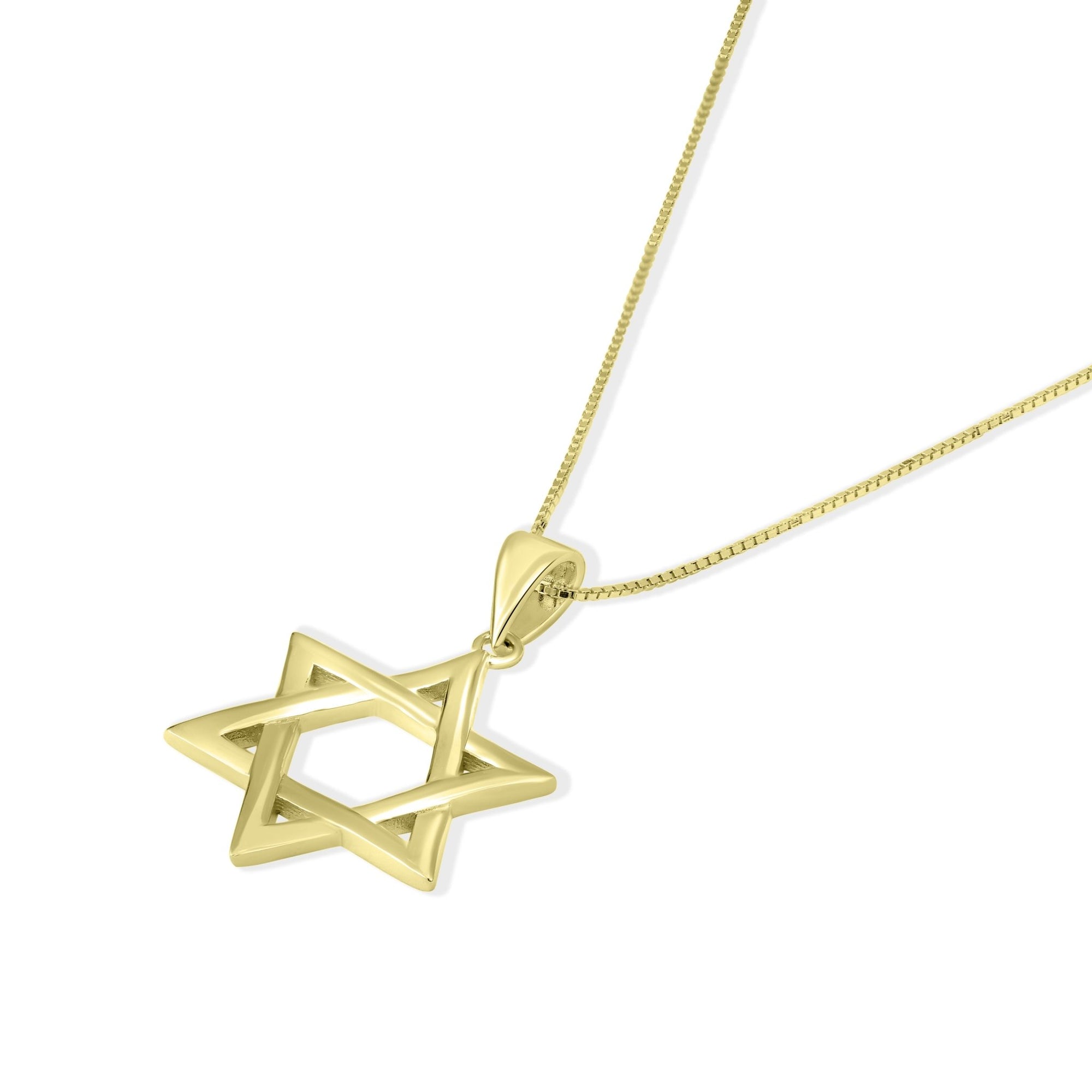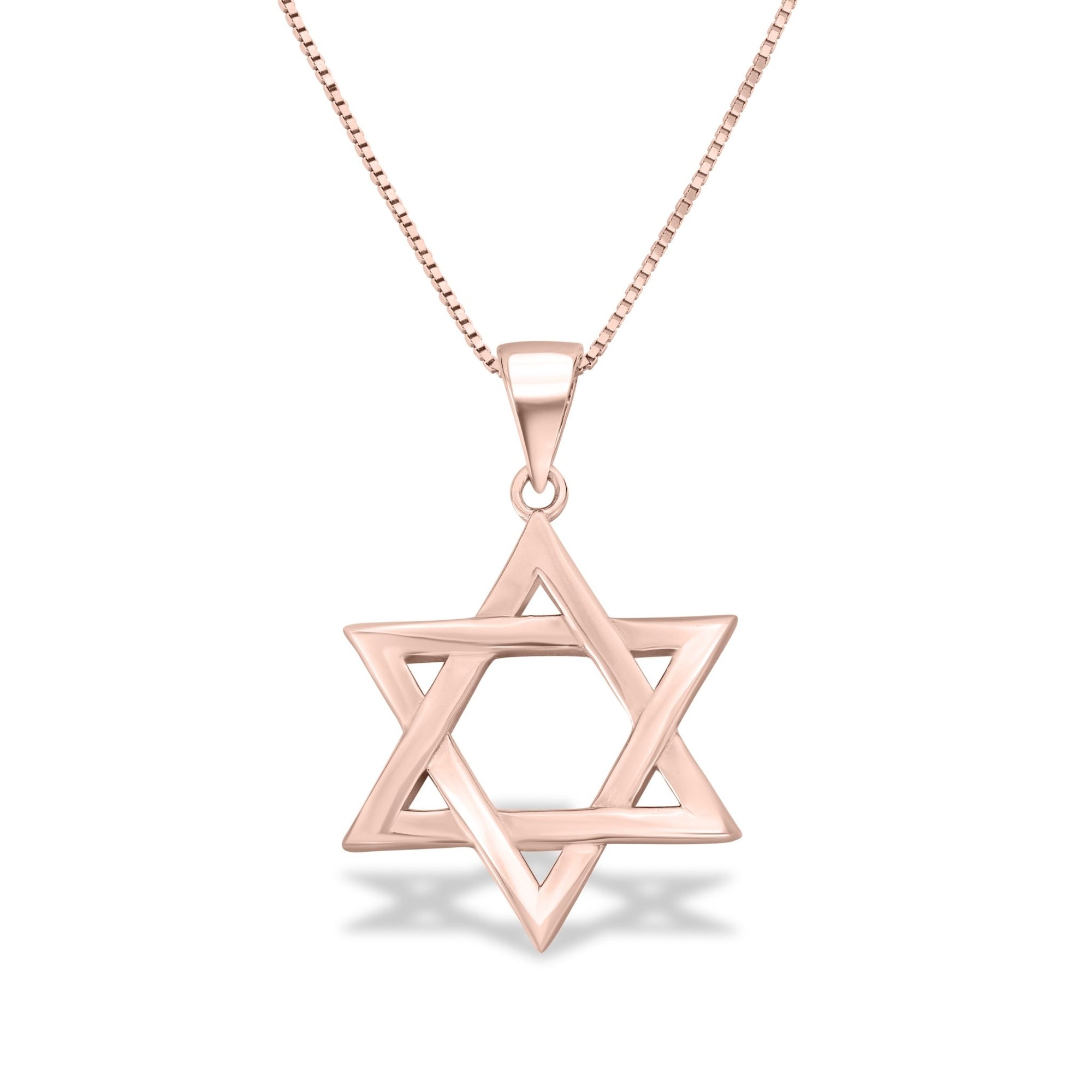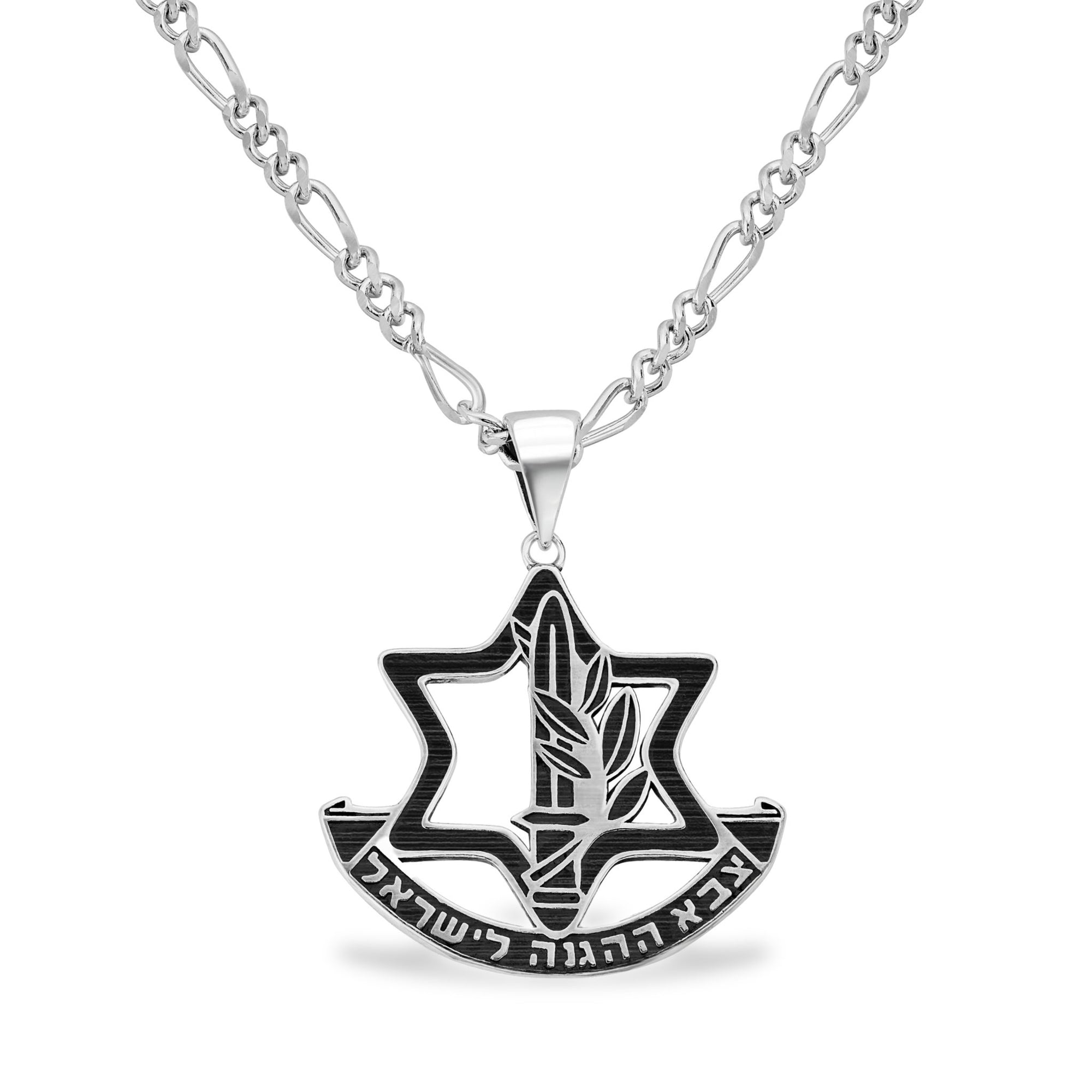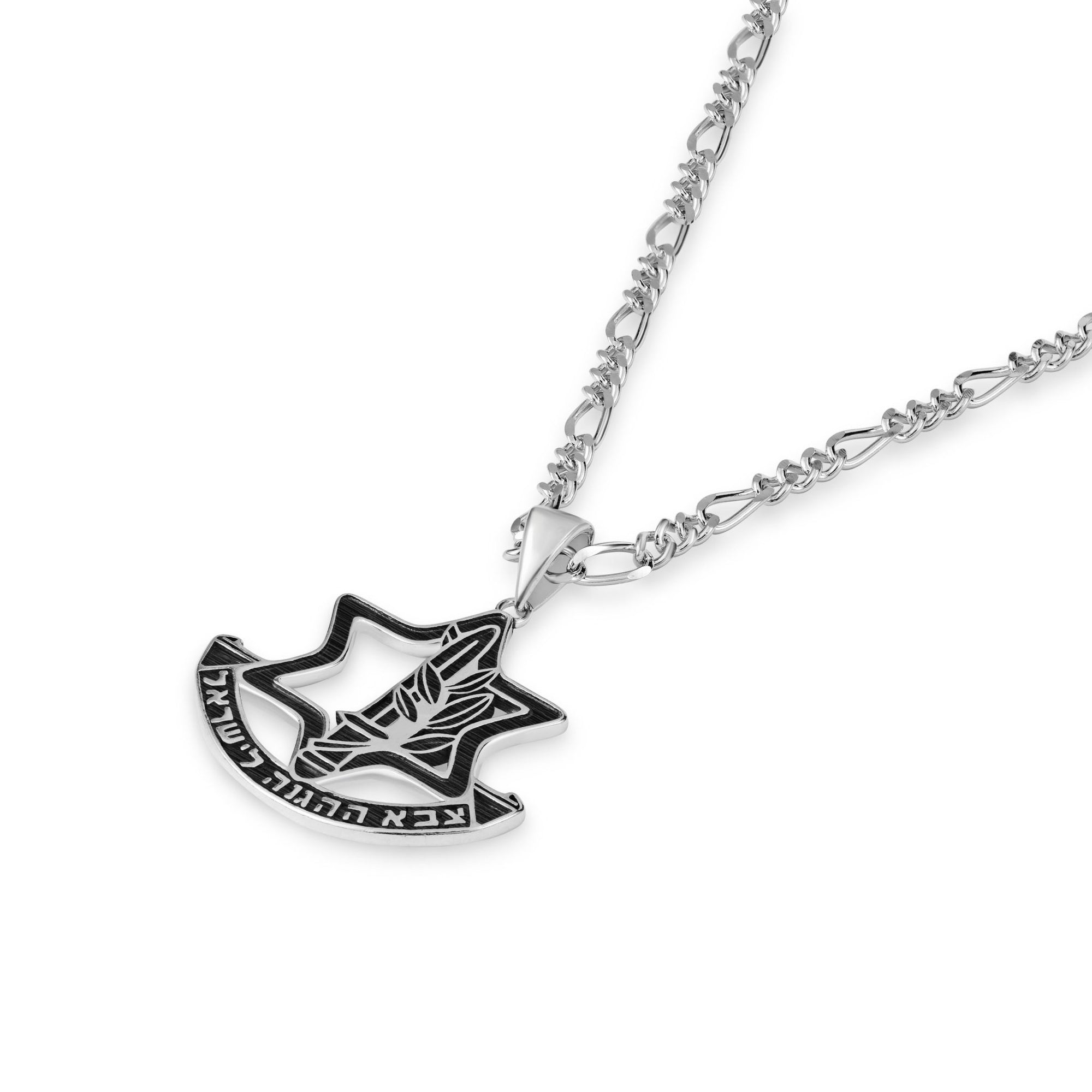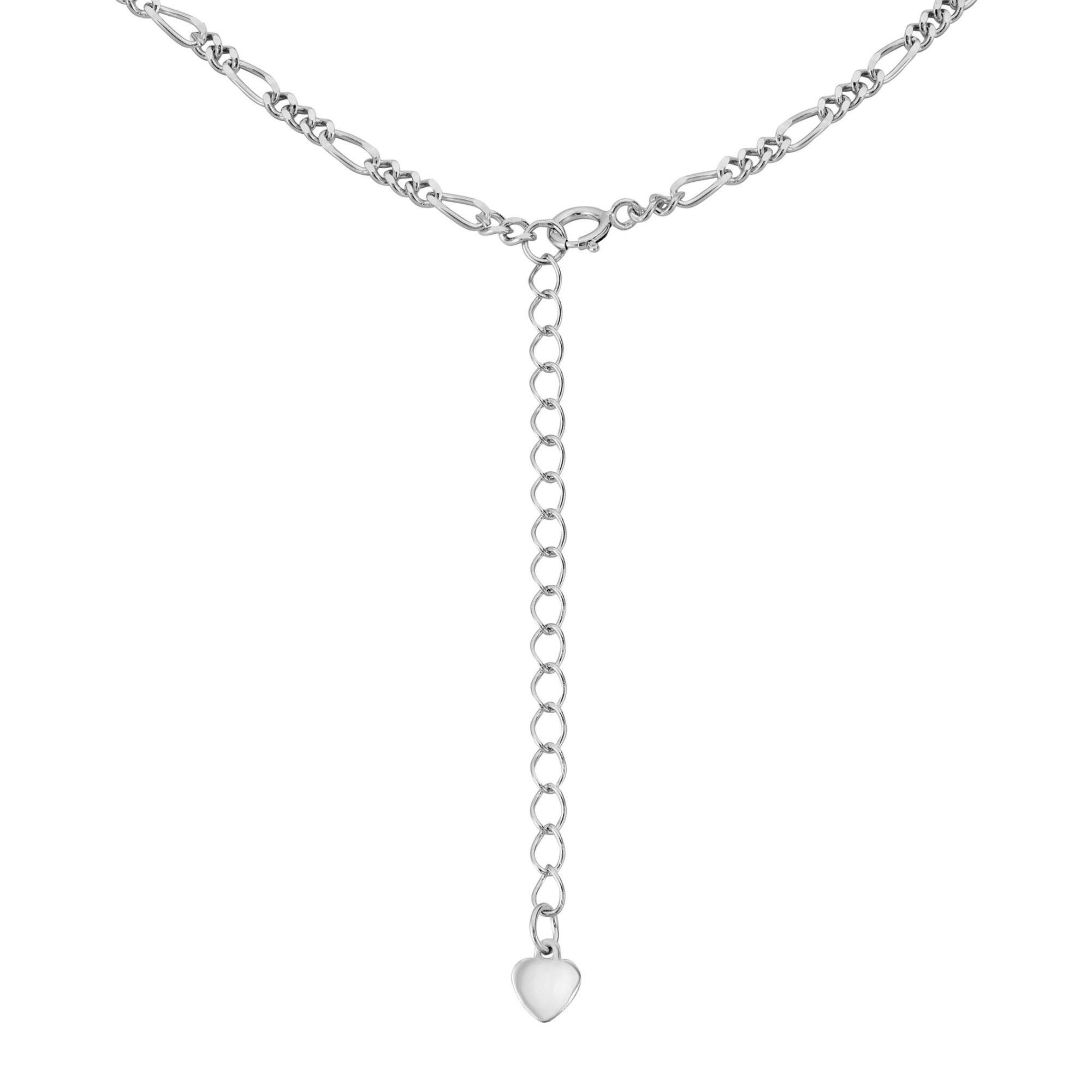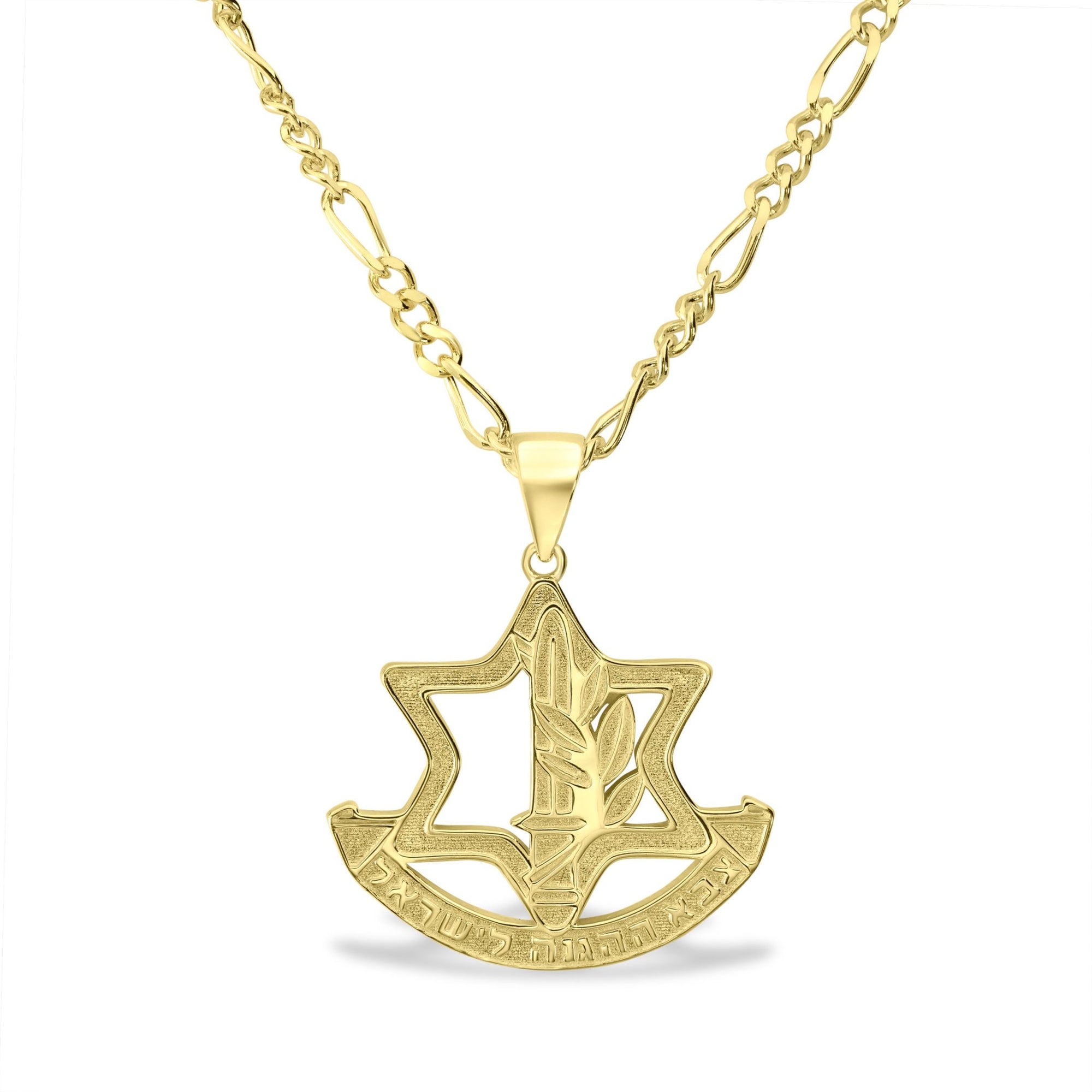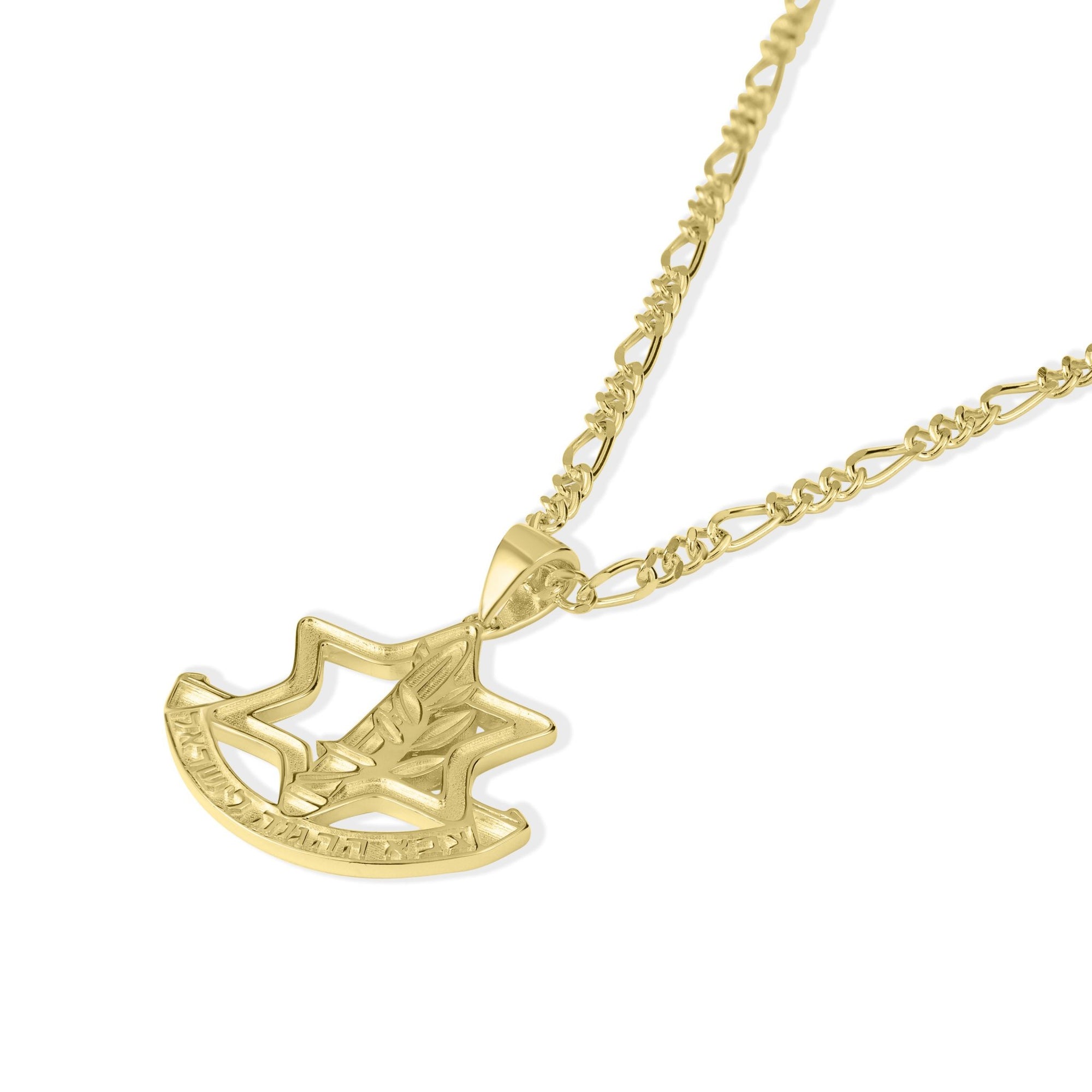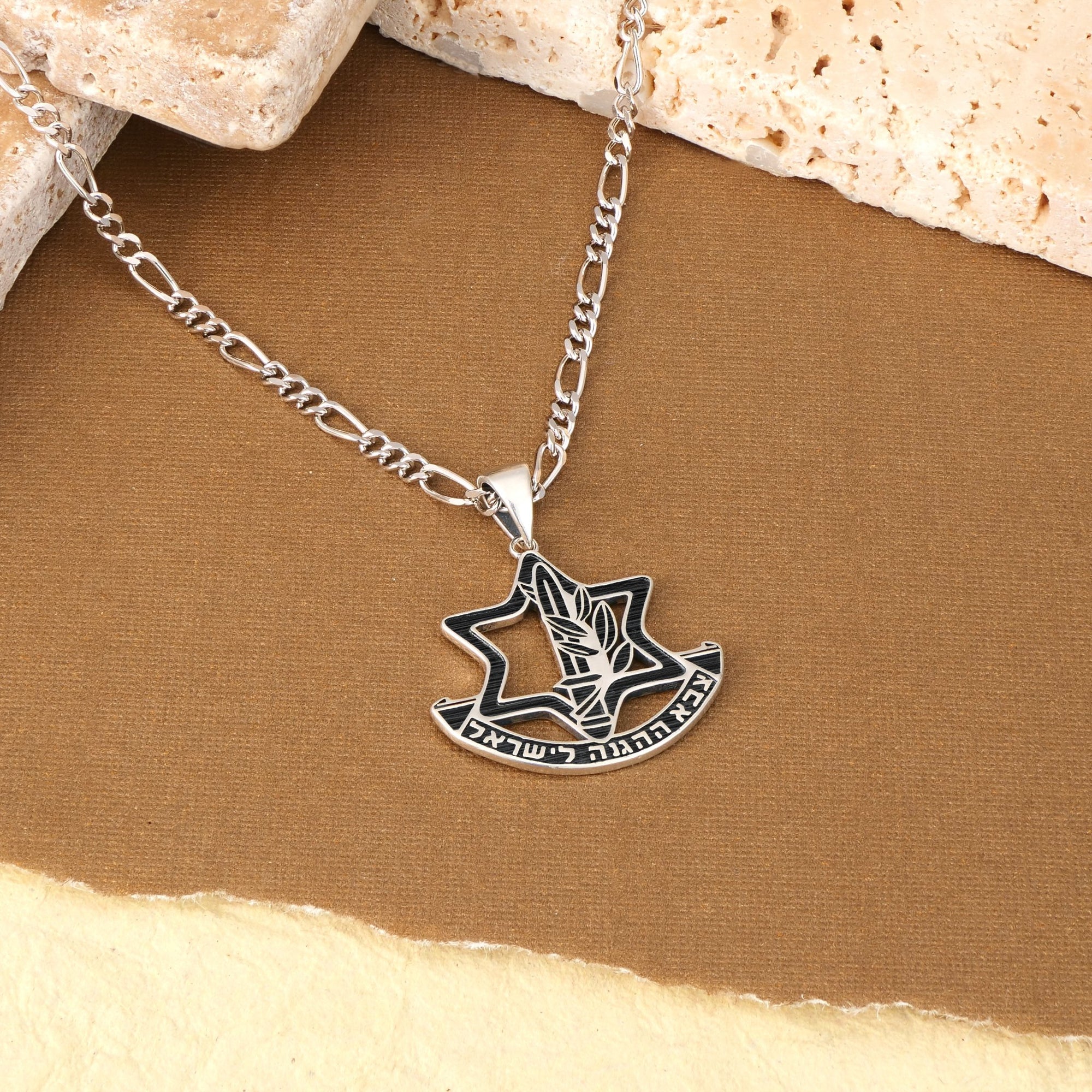Introduction to the Shofar: Ancient Horn, Timeless Symbol
The shofar, a musical horn traditionally crafted from a ram’s horn, holds a deeply rooted place in Jewish religious and cultural customs. Revered as both a physical artifact and a spiritual symbol, the shofar resonates through history as a call to repentance, a marker of divine presence, and a herald of spiritual awakening. Its role during pivotal Jewish observances such as Rosh Hashanah and Yom Kippur continues to enliven communal worship and personal reflection. This article explores the multifaceted importance of the shofar in Jewish customs, its historical roots, symbolic meanings, ritual usage, varied craftsmanship, and modern product offerings tied to its sacred heritage.
Historical and Religious Significance of the Shofar
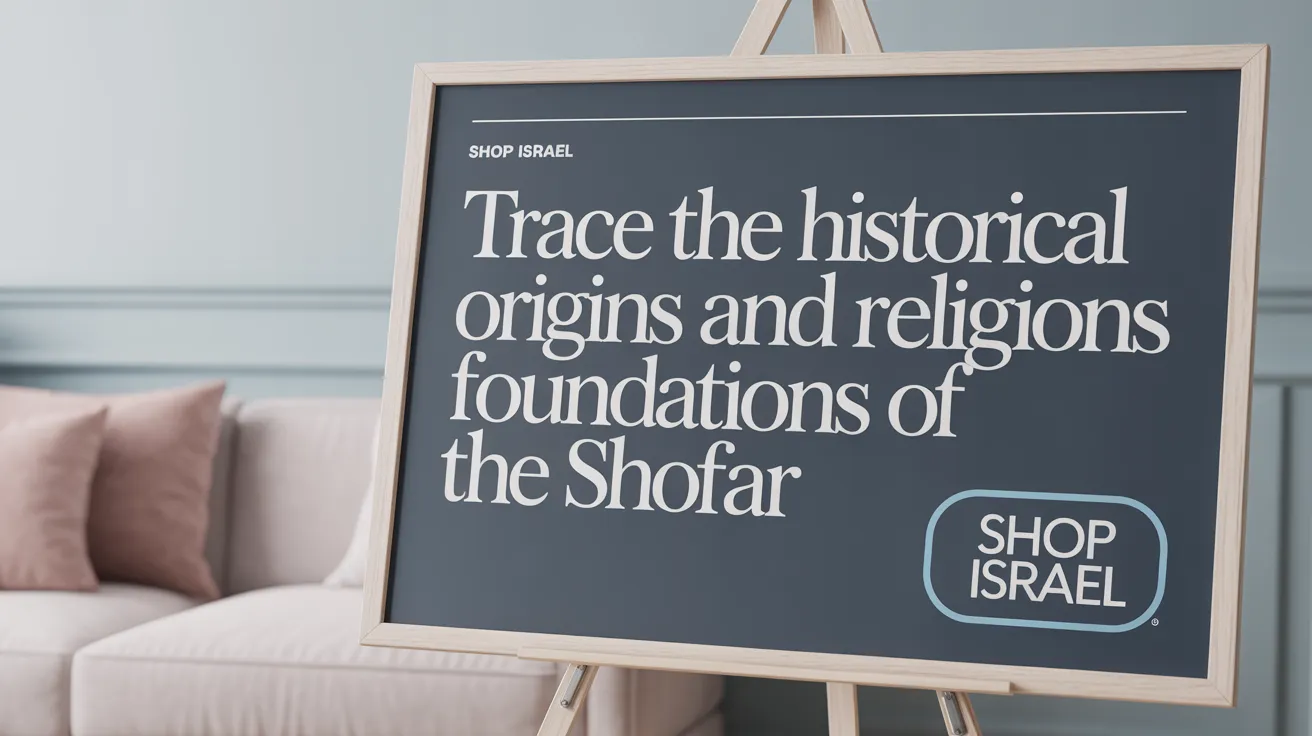
What is the historical origin of the shofar and its early uses?
The shofar is one of the oldest musical instruments, rooted deeply in ancient Jewish history and tradition. Its earliest biblical mention occurs at Mount Sinai, where the blast of the shofar caused the Israelites to tremble in awe. This sound marked a divine revelation that underscored the sacredness of the moment.
Historically, the shofar played various practical and ceremonial roles. It was used to announce new moons and the Jubilee year, times of social and religious significance involving the release of slaves and land restitutions. In military contexts, the shofar served as a war horn to signal alerts and rally troops, such as during the Battle of Jericho when its blasts caused the city's walls to collapse, and in Gideon's triumph over Midian.
Moreover, the shofar was integral to crowning ceremonies, most famously signaling King Solomon's accession. Its use extended into temple rituals, often coordinated alongside trumpets, reinforcing its sacred status in public worship and communal life.
How is the shofar connected to biblical narratives and Jewish theology?
The shofar's rich symbolism is strongly associated with key biblical narratives. One prominent story is the binding of Isaac, where God provided a ram caught in a thicket as a substitute sacrifice for Isaac. The ram's horn, therefore, symbolizes divine mercy, faith, and sacrifice.
In Jewish theology, the shofar's blasts proclaim God's kingship, especially during Rosh Hashanah, the Jewish New Year. This call to recognize divine sovereignty also serves as a spiritual alarm, awakening conscience and prompting self-reflection and repentance during the High Holidays.
The shofar is also a profound reminder of the revelation at Mount Sinai, linking the listener to the foundational moment of Torah giving. Beyond these, it symbolizes humility before God’s majesty, accountability on the Day of Judgment, and the hope for messianic redemption and the ultimate return from exile.
Through its piercing and evocative sounds, the shofar unites themes of history, faith, and spiritual renewal, making it a central emblem of Jewish identity and observance.
Ritual Use and Traditional Customs Surrounding the Shofar

When and How Is the Shofar Traditionally Used in Jewish Rituals?
The shofar holds a central place in Jewish ritual life, especially during the High Holidays. It is primarily blown during Rosh Hashanah, the Jewish New Year, as a call to repentance and spiritual awakening. The blowing also occurs daily throughout the month of Elul, the month preceding Rosh Hashanah, serving as a daily reminder for introspection and preparation. Additionally, a final blast is sounded at the conclusion of Yom Kippur, marking the end of the Day of Atonement.
Each blowing session follows a prescribed pattern featuring four main types of blasts:
- Tekiah: A long, unbroken blast symbolizing a call to attention and reverence.
- Shevarim: Three medium-length, broken wails, expressing a trembling or crying sound.
- Teruah: A series of short, rapid staccato bursts that sound like an alarm.
- Tekiah Gedolah: A final extended tekiah, signaling culmination and solemnity.
During Rosh Hashanah services, the shofar blasts are arranged in specific sequences totaling around 100 sounds, divided over various prayer segments. These sounds invoke themes of awakening, divine kingship, and repentance. Psalms such as Psalm 47 which praises God's sovereignty, and Psalm 89, referencing the ram's horn, are traditionally recited in conjunction with the shofar blowing.
Who Is Authorized to Blow the Shofar and What Are the Customs?
Blowing the shofar properly is a serious and sacred obligation traditionally performed by an adult Jewish male known as the ba’al tokeah. This individual is versed in both halakhic requirements and skilled in producing the distinct blasts.
Women and minors are exempt from the commandment but may attend to listen. In Orthodox communities, women may blow the shofar for themselves or other women but do not perform this ritual for men publicly. The shofar itself must be crafted from the horn of a kosher animal, typically a ram, and must be cleaned and prepared without coatings that could invalidate its ritual use (Laws of Shofar).
Furthermore, blowing the shofar is prohibited on Shabbat to prevent violation of Sabbath work laws, although it is observed on other festival days unless they coincide with Shabbat (Shofar and Shabbat).
These customs underscore the shofar's role as a spiritual instrument that calls the Jewish people toward reflection, humility, and renewed commitment during the High Holidays and the sacred preparatory period of Elul (Importance of the Shofar).
Symbolic Meanings and Spiritual Impact of the Shofar
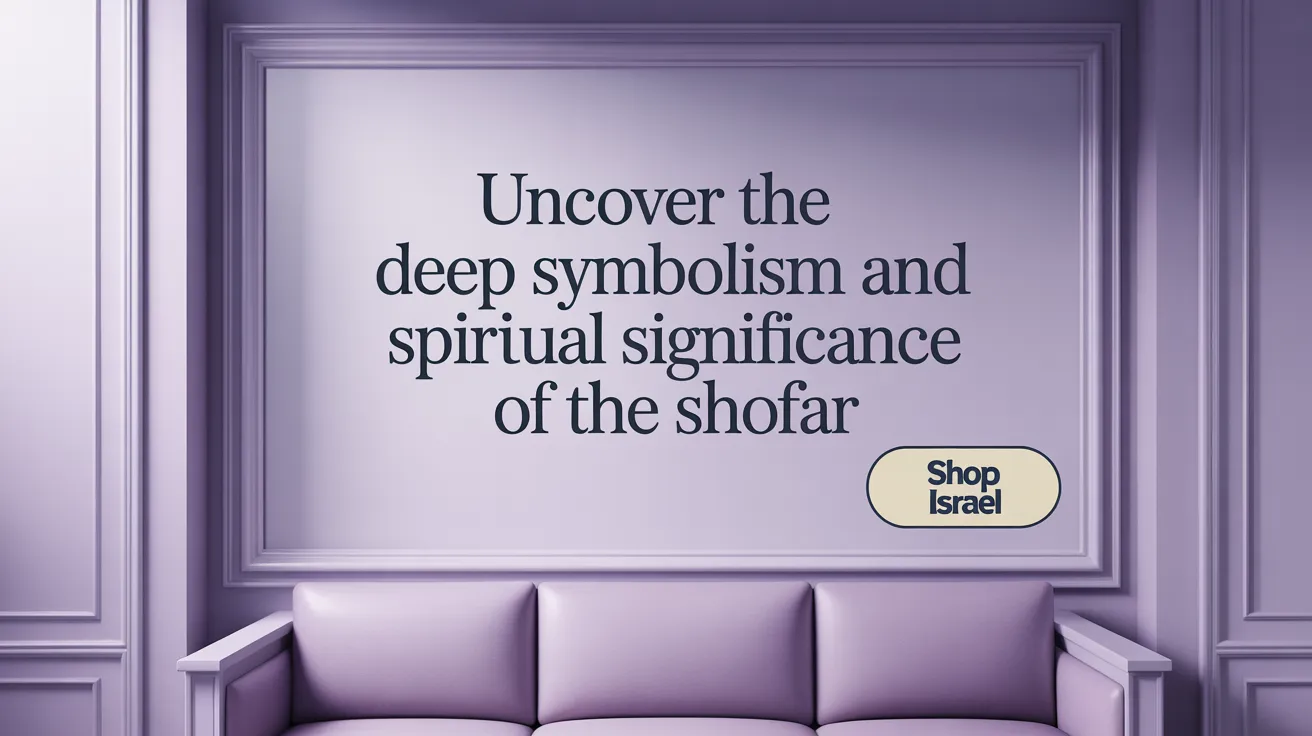
What does the sound and the shofar itself symbolize in Jewish spirituality?
The shofar, a ram's horn, is rich with profound symbolic meanings in Jewish tradition. Its powerful and raw blast serves as a spiritual wake-up call, urging individuals toward repentance and moral self-examination. The sound is more than a mere horn blast—it echoes the divine call to return to God, stirring the conscience to reflect and improve one's deeds (shofar symbolism, shofar as a call to repentance).
Which themes are connected to the shofar's sound and physical form?
The shofar embodies several interwoven themes:
- Divine Kingship: The blasts represent proclaiming God's sovereignty, reminiscent of a king's coronation trumpet, especially observed during Rosh Hashanah.
- Remembrance and Covenant: Its sound recalls the revelation at Mount Sinai, where the giving of the Torah set the foundation of the covenant between God and Israel.
- Sacrificial Symbolism: It symbolizes the ram sacrificed in place of Isaac in the biblical Akedah, denoting faith, submission, and divine mercy.
- Day of Judgment: The shofar calls attention to the impending divine judgment, promoting humility and introspection (shofar and Day of Judgment).
How does the shofar relate to prophecy and messianic hopes?
Jewish tradition holds that the shofar's call is linked to the prophetic voices urging righteousness and return to God. Moreover, its blasts foreshadow the messianic era — signaling hope, spiritual renewal, and the ultimate redemption of Israel. The shofar thus acts as a symbol bridging history, spiritual awakening, and future divine promises, embodying a universal call toward unity and divine recognition (shofar and messianic hopes.
Craftsmanship and Varieties of the Shofar
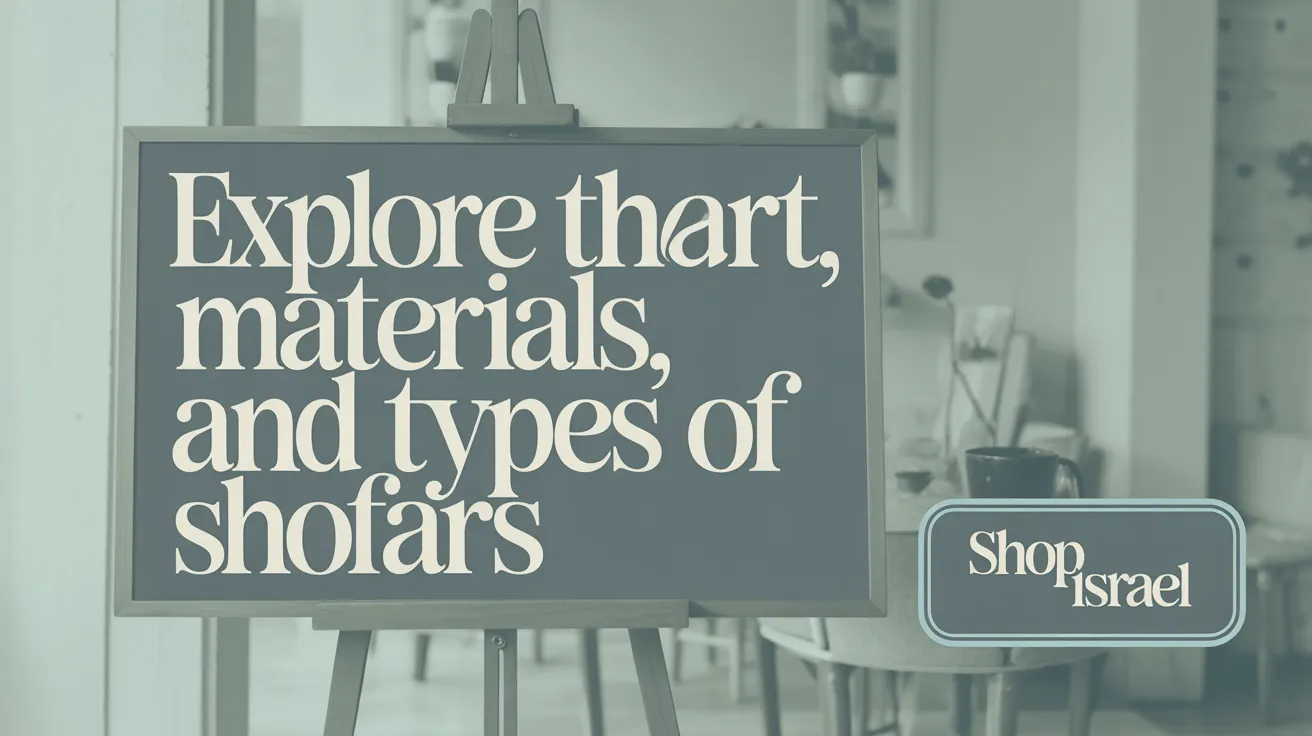
From what materials is the shofar made, and how is it crafted?
The shofar is traditionally made from the horn of kosher animals within the Bovidae family, with the ram's horn being the preferred choice. Other types such as kudu, gemsbok oryx, and eland horns are also used, especially by different Jewish communities in Africa and the Middle East. The crafting process begins by thoroughly hollowing out the horn to remove all bone and flesh. Heat treatment softens the horn, making it possible to bend and shape it to achieve the desired form and sound (Shofar overview, Ancient musical horn, Ram's horn in Jewish rituals; Making a shofar, Shofar material origins; traditional shofar makers in Israel).
After shaping, the shofar is polished and sometimes decorated. While some shofars feature silver plating or hand-painted Jewish symbols to enhance their visual appeal, such ornamentation is not permitted in Orthodox ritual use as it can render the shofar non-kosher. Maintaining the horn's natural integrity is essential for its ritual validity (Shofar material, ram's horn shofar, shofar artistic design; Kosher Shofars for Sale; Shofar crafting techniques).
What are the main varieties of shofars and their unique characteristics?
There are five principal types of shofars, each associated with different Jewish traditions and cultures:
- Yemenite Kudu Shofar: Known for its long, spiral shape, it produces deep, resonant tones distinctive to Yemenite rites.
- Ashkenazi Ram's Horn: Common in Ashkenazi communities, this shofar is often bent to symbolize the heart's humility, producing a high-pitched, piercing sound.
- Gemsbok Oryx Shofar: Originating from southern Africa, it features a twisted shape and offers a unique tonal quality.
- Eland Horn Shofar: Notable for its multiple shades of brown and distinctive twists, it is also an African horn used by some communities.
- Decorated Shofars: These include silver-plated or artistically painted horns designed for ceremonial or decorative use, though generally not kosher for ritual blowing.
Each Jewish community's preference in shofar type reflects its cultural heritage, sound tradition, and ritual customs, contributing to the shofar's diverse musical and symbolic significance (Types of Shofars, Shofar Shapes and Sounds; Buying a Shofar Guide; Shofar and Divine Revelation).
Artistic enhancements and kosher requirements
While some shofars are artistically enhanced with plating or painting, maintaining kosher status demands the shofar be made from a natural horn without coatings that block sound or alter its ritual purity. Silver plating, though common for decoration, disqualifies the horn for ritual use in Orthodox Judaism (Kosher shofar requirements; shofar and silver plating; shofar manufacturing standards.
Accessories and care products
Owners often use custom shofar bags, stands, and cleaning tools to preserve the horn's condition and keep it kosher. Proper storage protects the shofar from damage and contamination, ensuring it remains fit for ritual use during the High Holidays and other ceremonies (Shofar Care and Accessories; Shofar Customs and Uses.
The Shofar in Contemporary Jewish Life and Culture
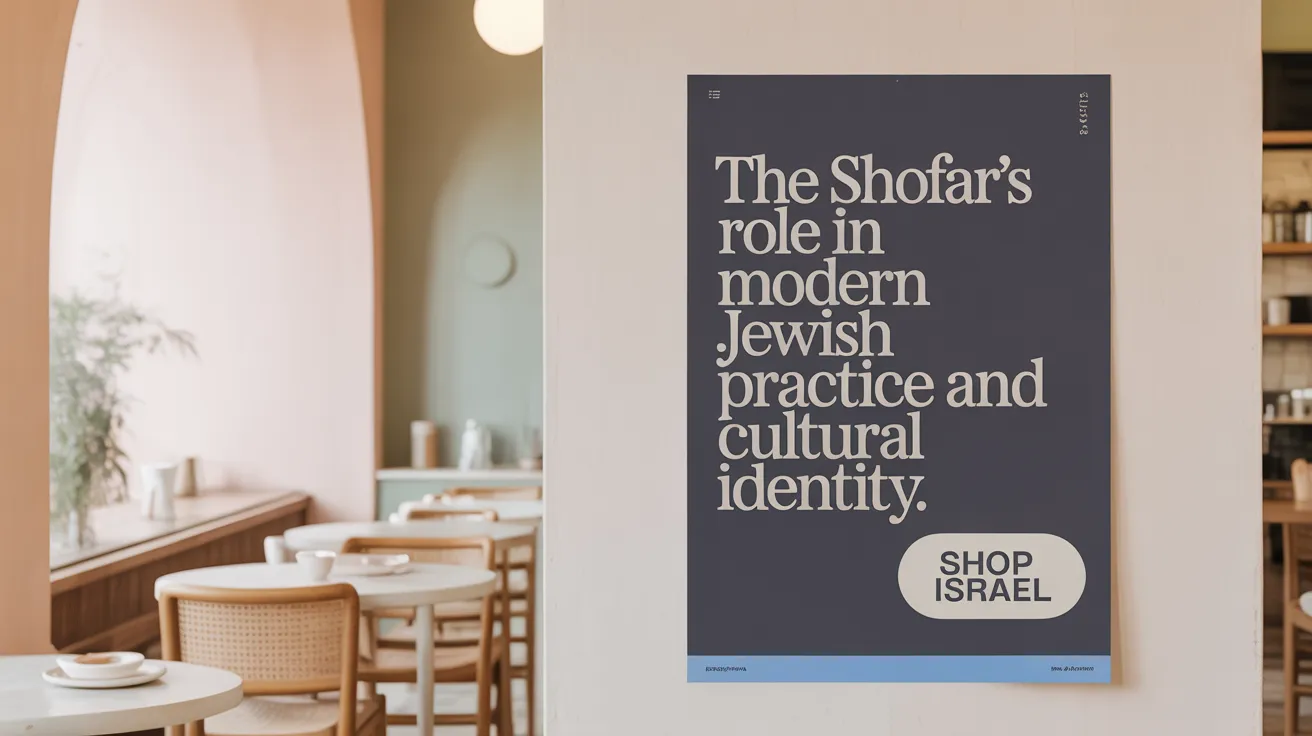
How is the shofar integrated into modern Jewish practice and culture?
Today, the shofar remains a vital part of Jewish religious life, especially during the High Holidays of Rosh Hashanah and Yom Kippur. It is sounded as a spiritual call to repentance, awakening, and to honor biblical commandments. Beyond synagogue services, public mitzvah campaigns such as Chabad’s Shofar Campaign extend the shofar’s reach to those unable to attend services — including patients in hospitals, prisoners, and the elderly confined at home. This outreach helps reaffirm the shofar’s role as a unifying spiritual symbol.
What are some non-religious uses and cultural symbolism of the shofar?
The shofar transcends ritual to serve as a powerful emblem of Jewish identity and heritage. It is often heard at Israeli national celebrations and demonstrations, connecting modern civic life with tradition. Additionally, the shofar appears in artistic spaces, including contemporary music and film, where its distinct, evocative sound symbolizes Jewish resilience, history, and spiritual awakening.
What options are available for those looking to purchase shofars today?
Shofars are predominantly handcrafted by expert artisans in Israel, preserving centuries-old traditions. Buyers can select from several types:
- Ram’s horn: the most traditional and widely used (Ram's horn shofar)
- Kudu horn: preferred in Yemenite Jewish traditions (Yemenite Kudu Shofar
- African antelope horns: such as Gemsbok or Eland, noted for their unique shapes and sounds.
Options range from simple, natural shofars intended for ritual use, to elaborately decorated or silver-plated versions suited as gifts or ceremonial art (Kosher certified shofars and decorated versions). Buyers also find accessories such as protective bags and stands designed to safeguard the shofar’s ritual integrity and ease of use.
This diversity in product lines ensures accessibility for both religious observance and cultural appreciation, sustaining the shofar’s relevance in modern Jewish life.
The Shofar Among Jewish Ritual Objects and Its Cultural Legacy
How does the shofar fit within the broader context of Jewish ceremonial objects?
The shofar is a distinctive ritual object among many used in Jewish religious life. Others include the mezuzah affixed to doorposts, tefillin worn during prayer, the menorah lit at Hanukkah, and the kiddush cup used for blessings over wine. Each object embodies particular traditions and commandments, serving various ceremonial and symbolic functions.
Unlike these primarily visual or tactile objects, the shofar stands out as an auditory symbol. Its piercing blasts during Rosh Hashanah and Yom Kippur invite spiritual reflection and repentance, making sound a central mode of religious experience. This auditory role complements the visual symbolism found in other Judaica, deepening the worshiper's engagement.
Role in home and synagogue rituals
In the synagogue, the shofar is crucial during High Holiday services, specifically at Rosh Hashanah and Yom Kippur. It fulfills a biblical mitzvah to hear the shofar, marking themes of divine kingship, awakening, and renewal. In Jewish homes, the shofar's presence resonates with the spiritual atmosphere of these holidays, though it is chiefly used in communal prayer.
Other ritual items similarly sanctify both synagogue and home settings. For instance, mezuzot affirm faith at household entrances, while candlesticks grace the Sabbath table. Together, these objects weave religious observance into daily life and sacred moments.
Artistic expression and ritual beautification
The making and adornment of the shofar reflect the Jewish value of hiddur mitzvah, the beautification of commandments. While the shofar itself is a natural ram's horn, artisans carefully hollow, shape, and polish it to ensure its sound quality and ceremonial appropriateness.
Though ornamentation like silver plating may be used for decorative shofars, such enhancements can affect its ritual kosher status. Nonetheless, the aesthetic care invested in shofar crafting complements parallel artistic traditions in Judaica—such as intricately designed Kiddush cups, candlesticks, and ketubot—that enhance the sanctity and beauty of religious practice.
Enduring cultural and spiritual significance
The shofar remains a powerful symbol rooted deeply in Jewish history and spirituality. Beyond its ritual use, it recalls biblical events like the binding of Isaac and the Revelation at Sinai. Its blasts awaken the soul to repentance, echo prophetic calls to righteousness, and proclaim God's sovereignty.
This spiritual legacy endures in both synagogue ceremonies and wider Jewish culture, symbolizing renewal, humility, and hope. Alongside other ritual objects, the shofar embodies Jewish identity, religious continuity, and the community's collective aspirations across generations.
The Enduring Voice of the Shofar
The shofar remains a profound symbol and instrument within Jewish life, bridging ancient history and modern spiritual practice. Its compelling sounds reverberate through time, reminding communities of their heritage, calling for self-reflection, and inspiring hope for redemption. The diverse craftsmanship and product lines surrounding the shofar today reflect a living tradition that honors both the sanctity and beauty of this timeless ritual object. As Jewish customs evolve, the shofar’s call endures—inviting future generations to listen, awaken, and connect with their faith and identity.



